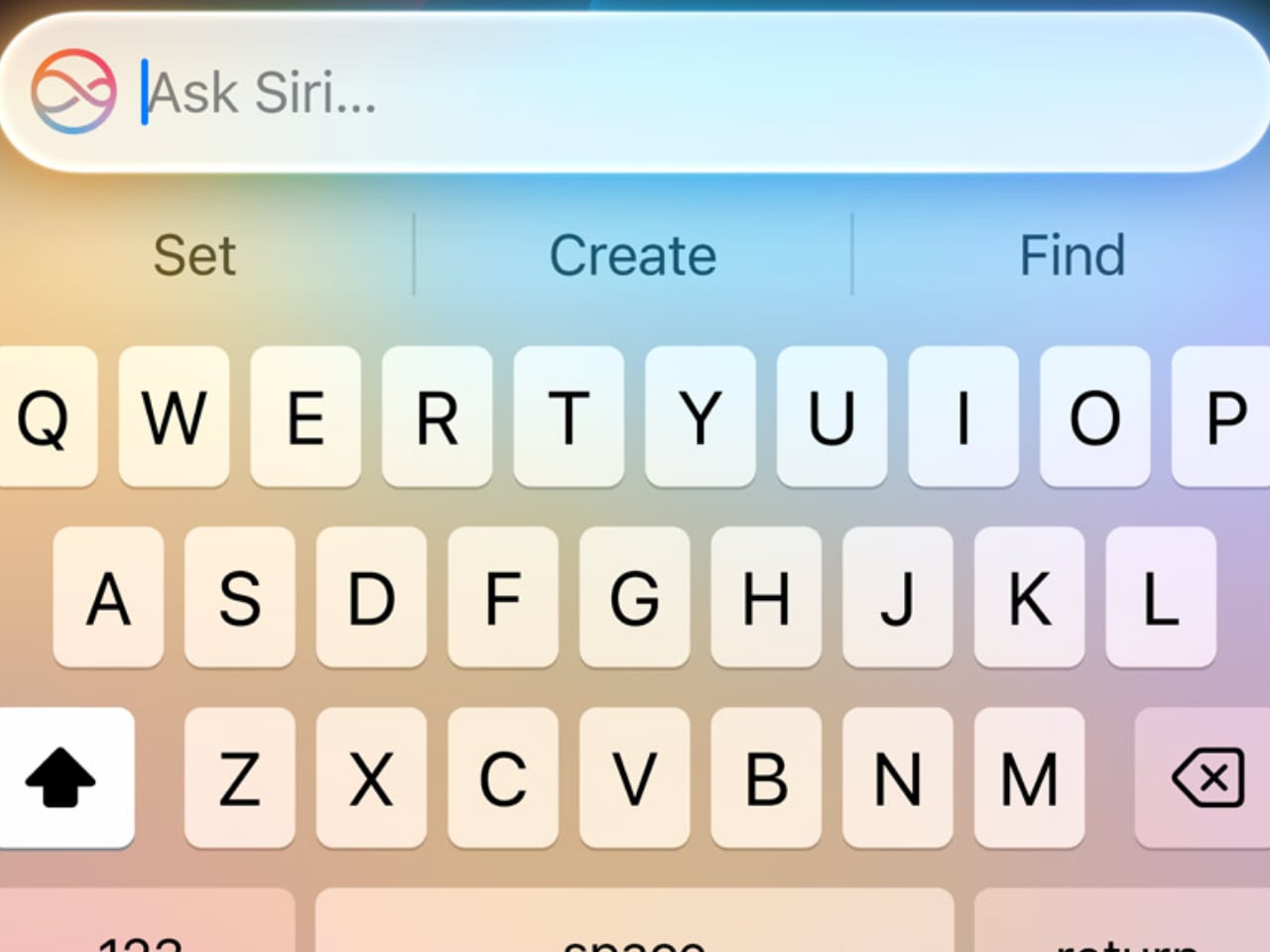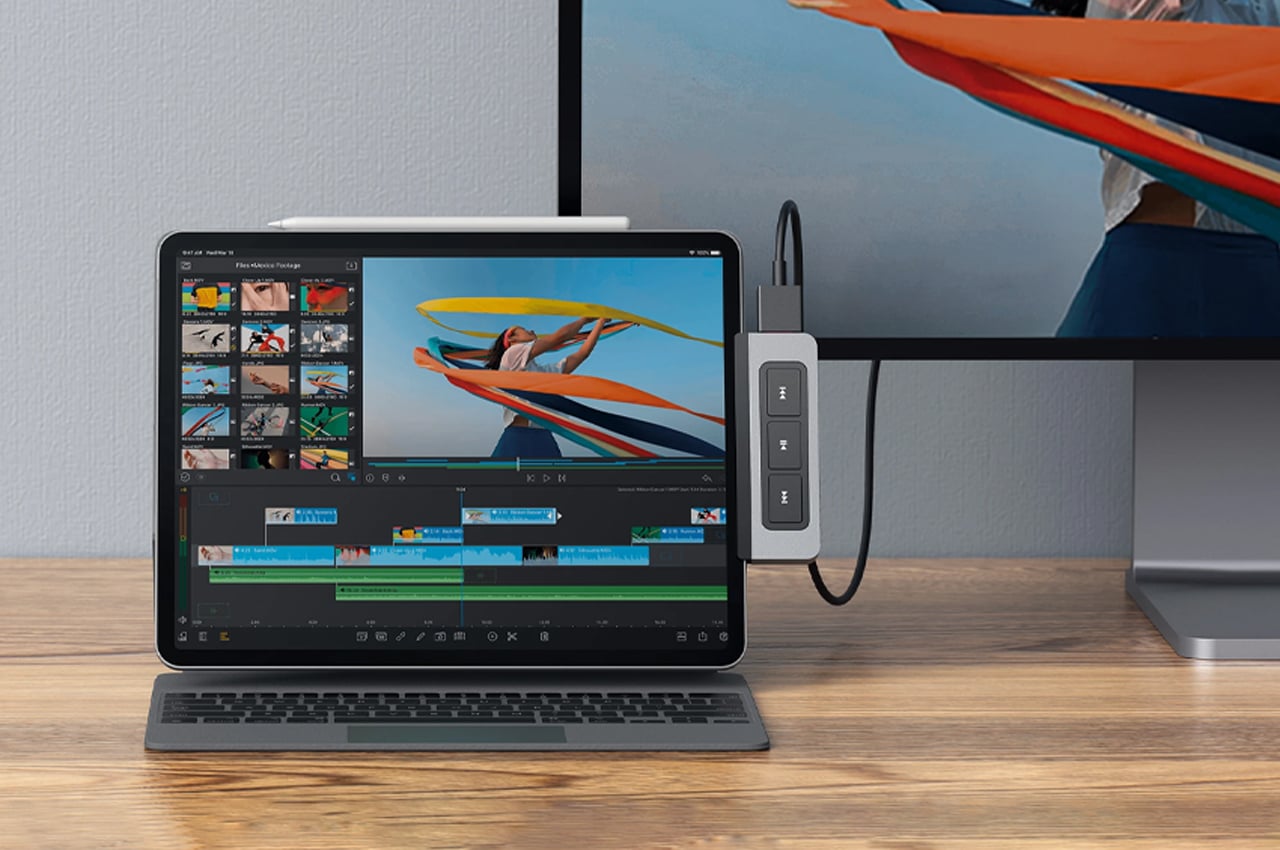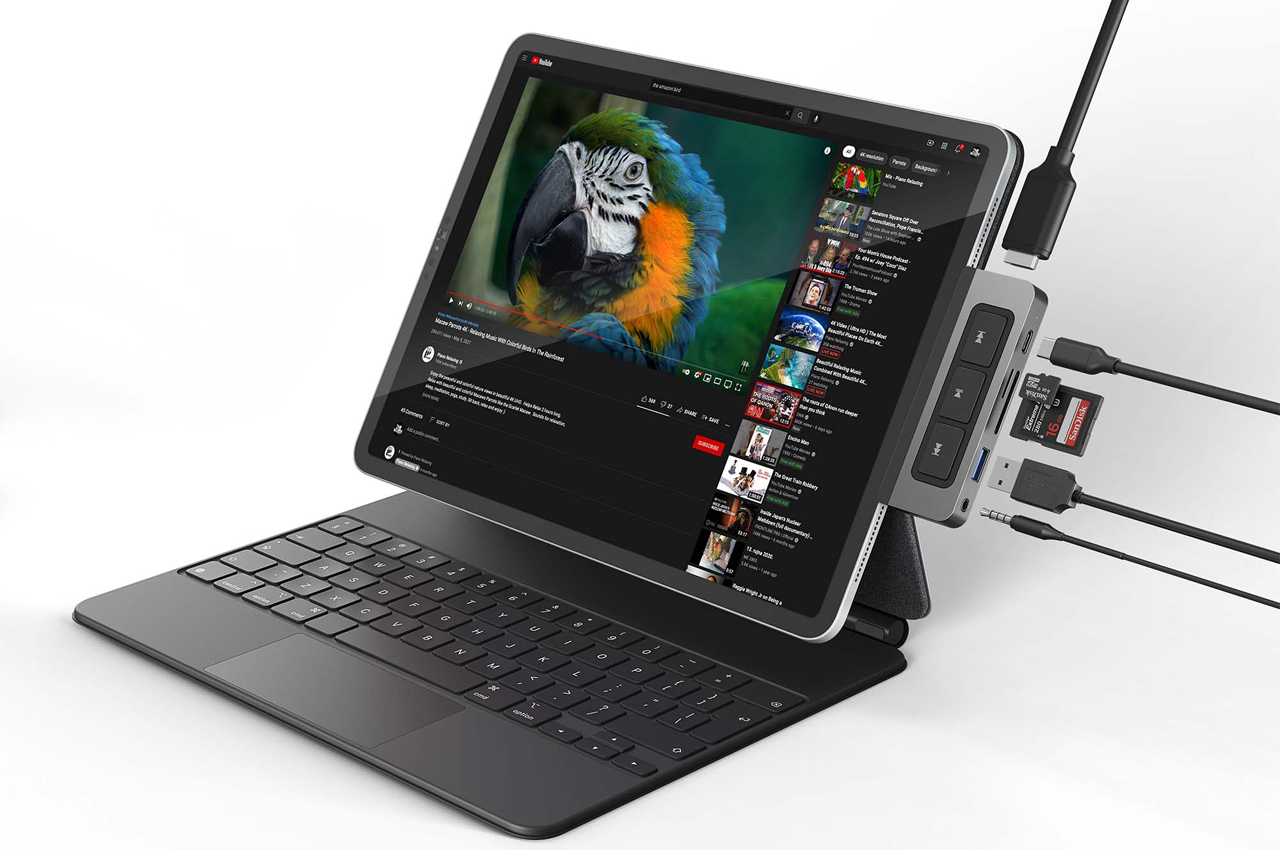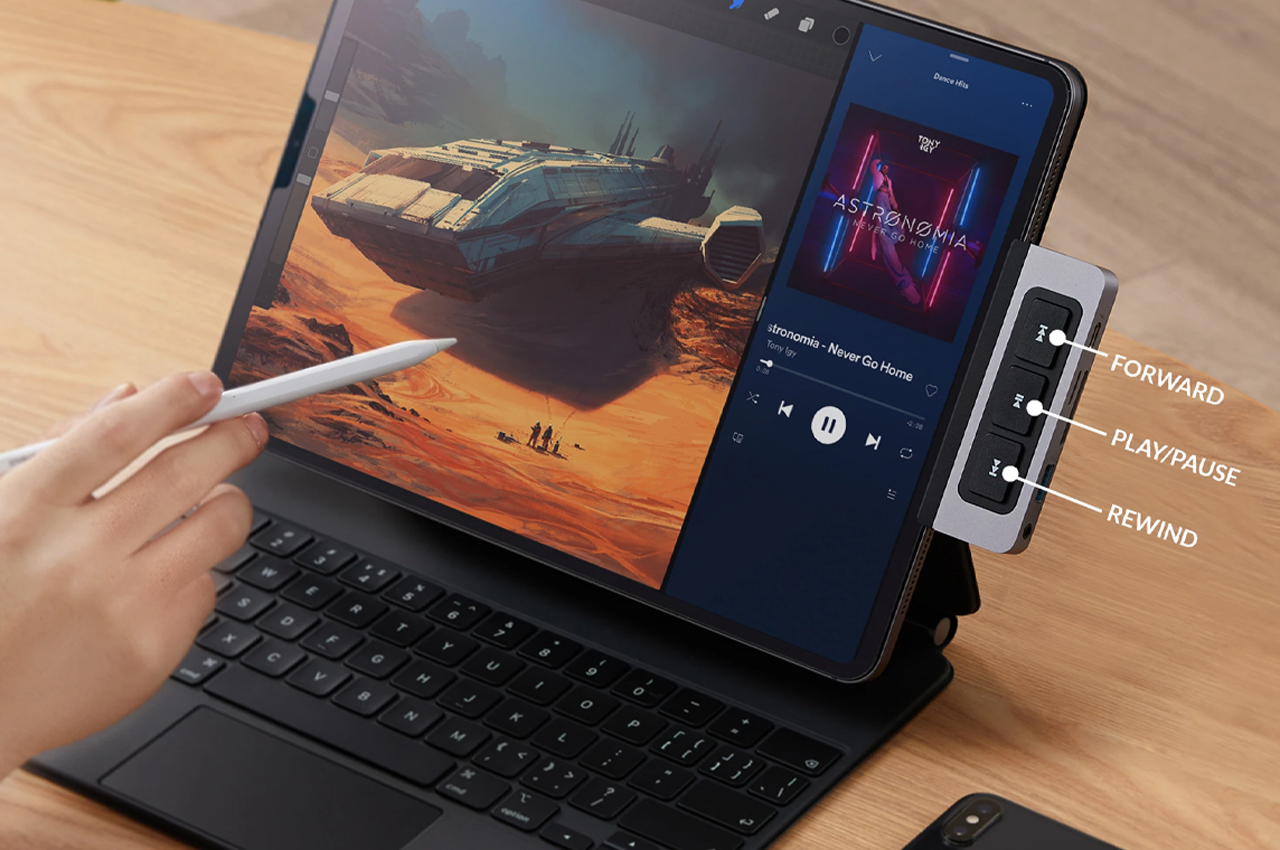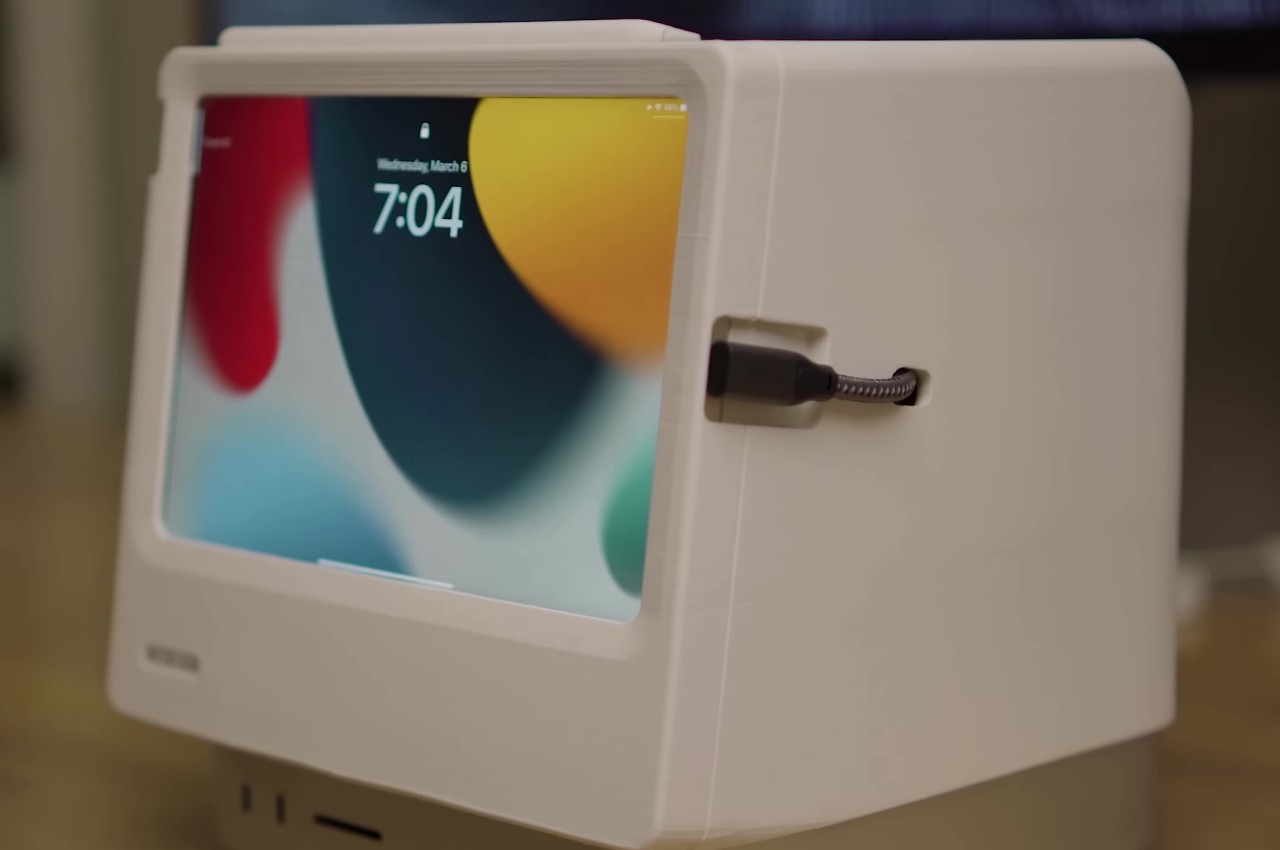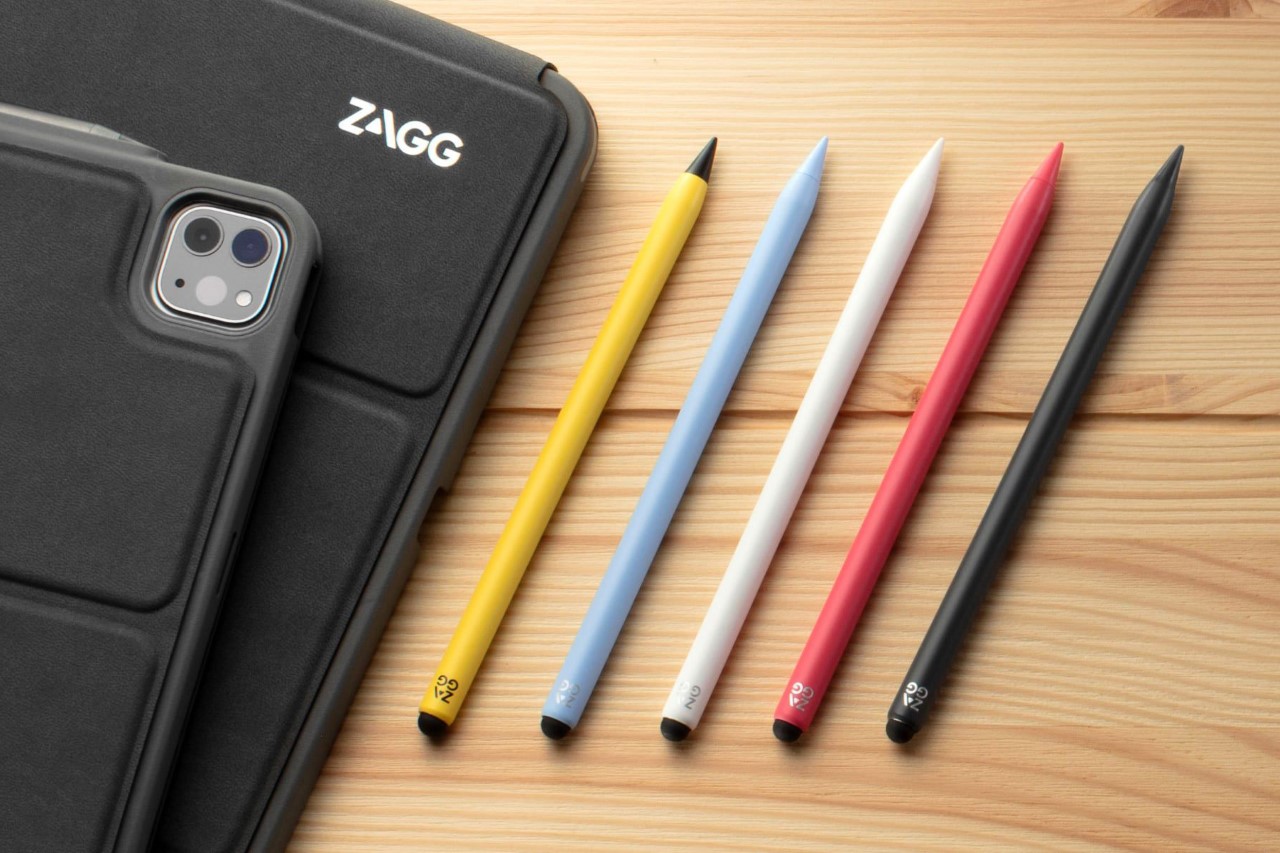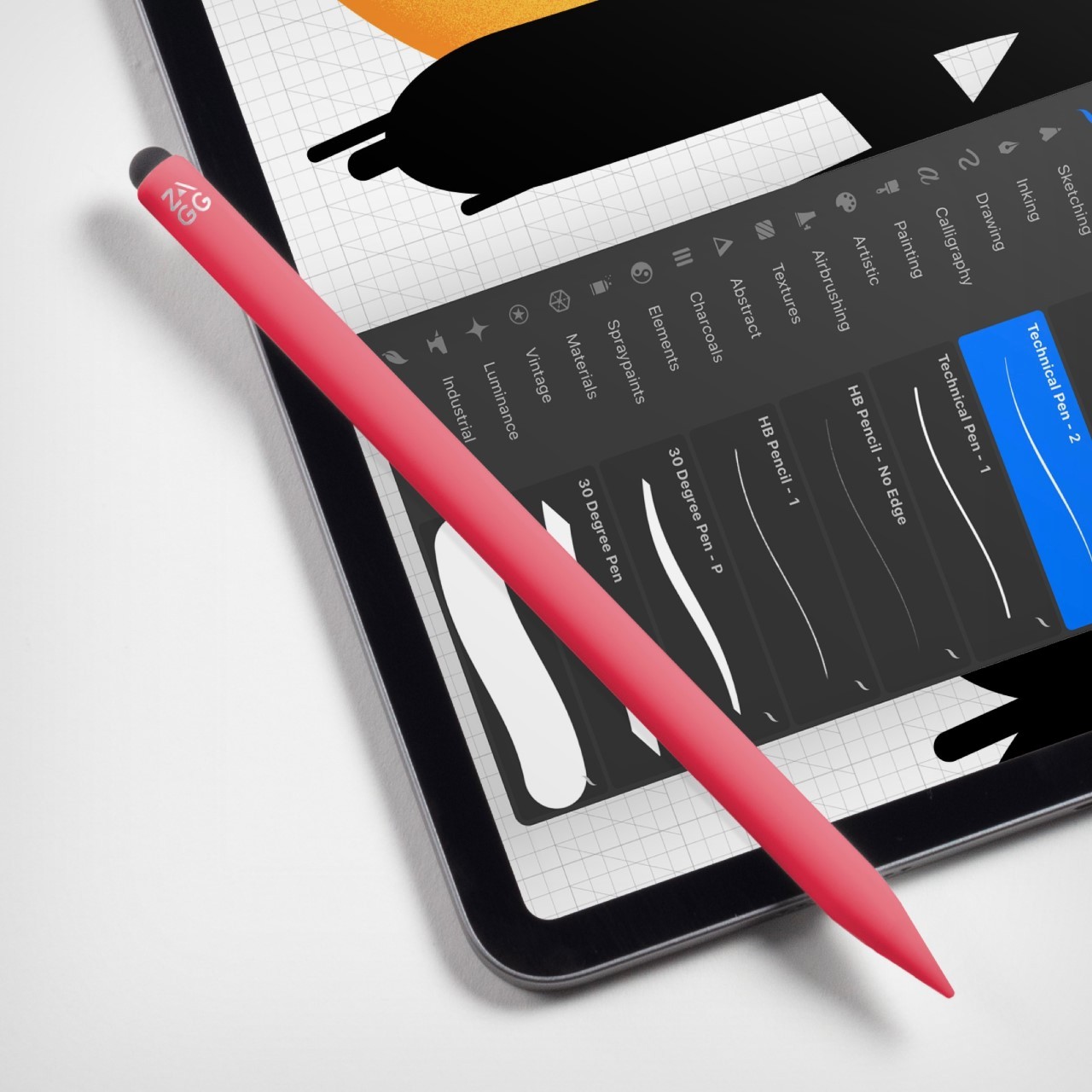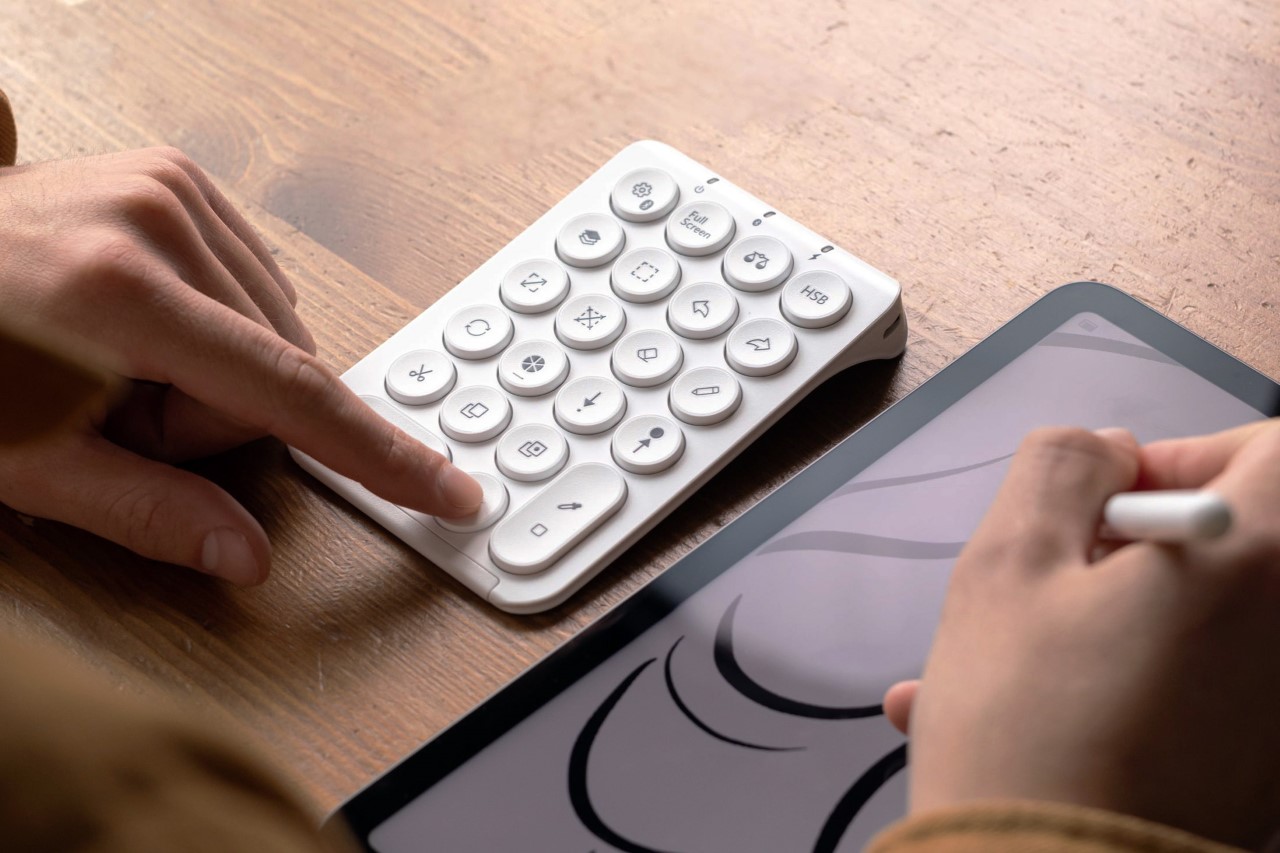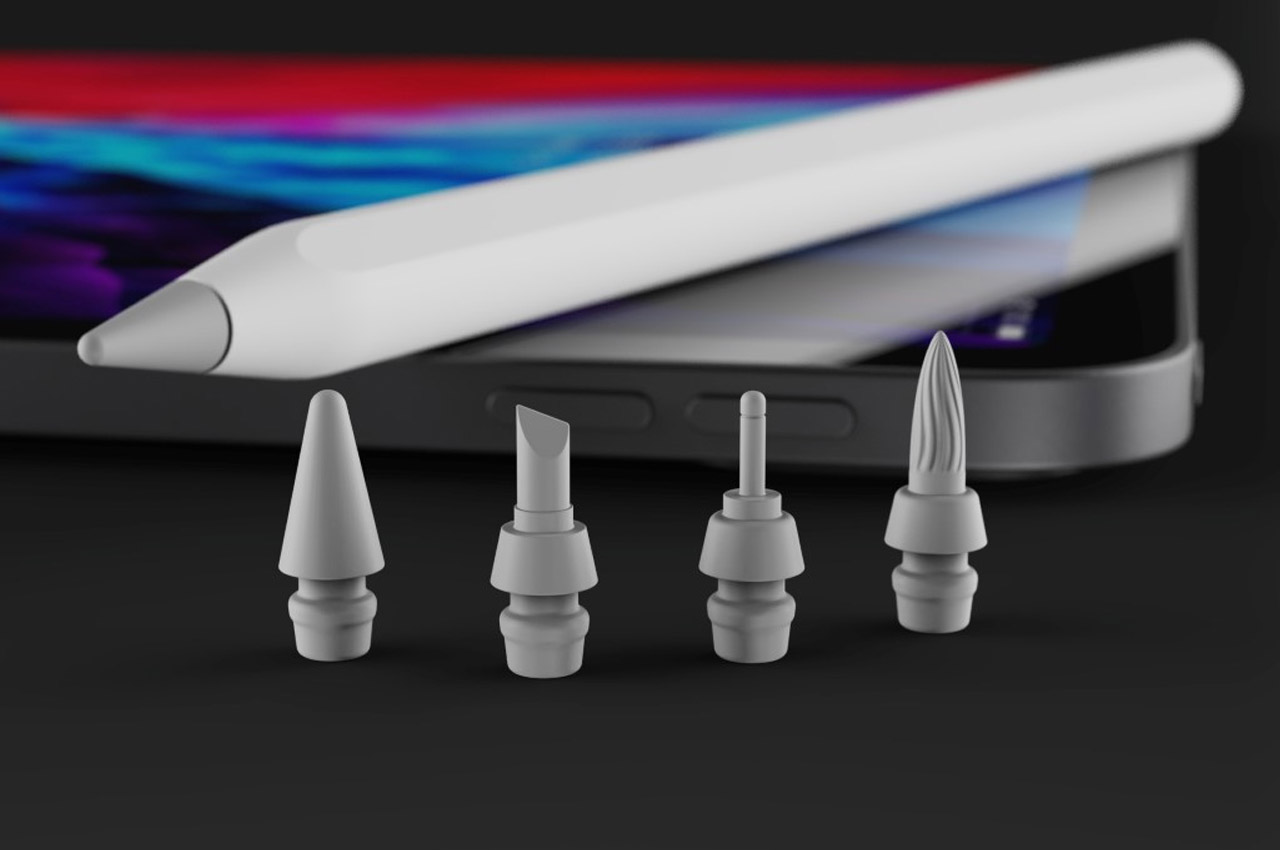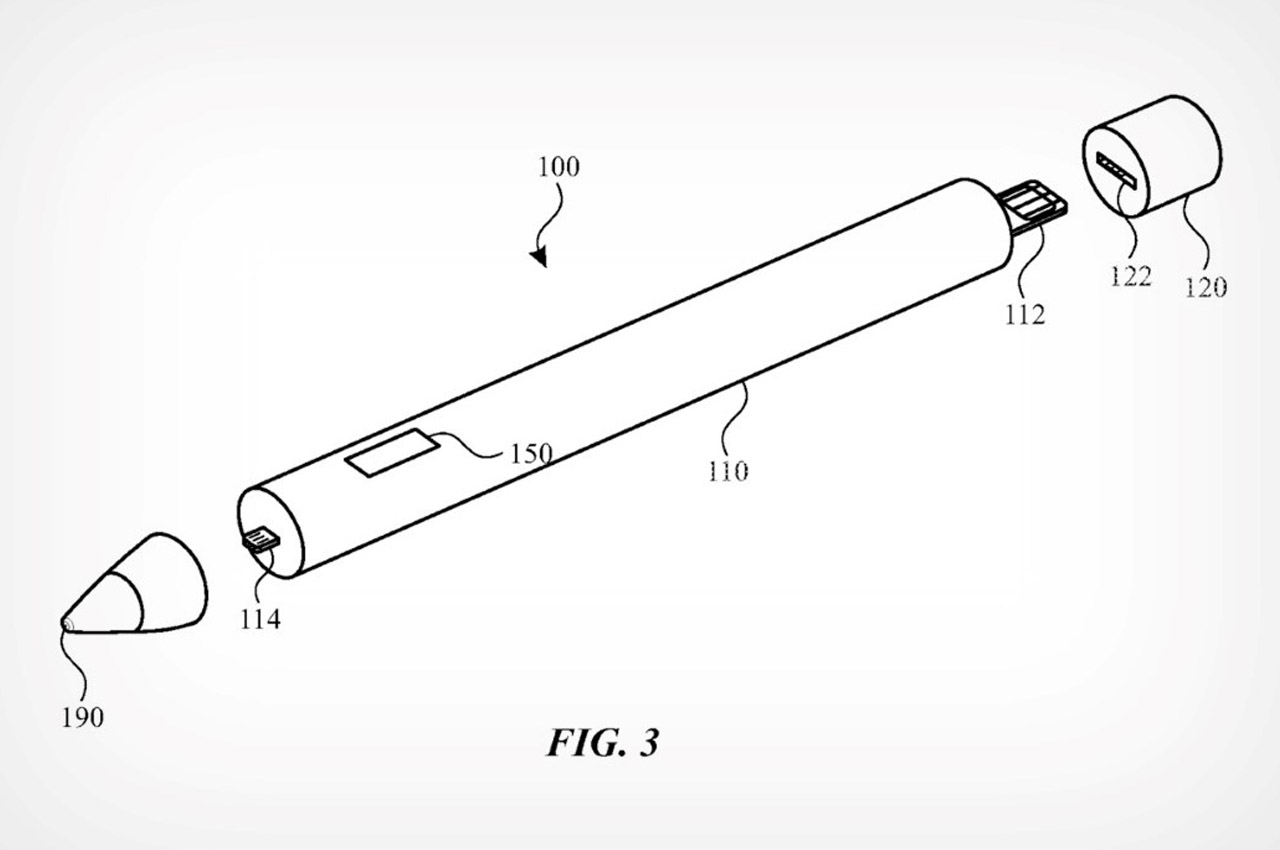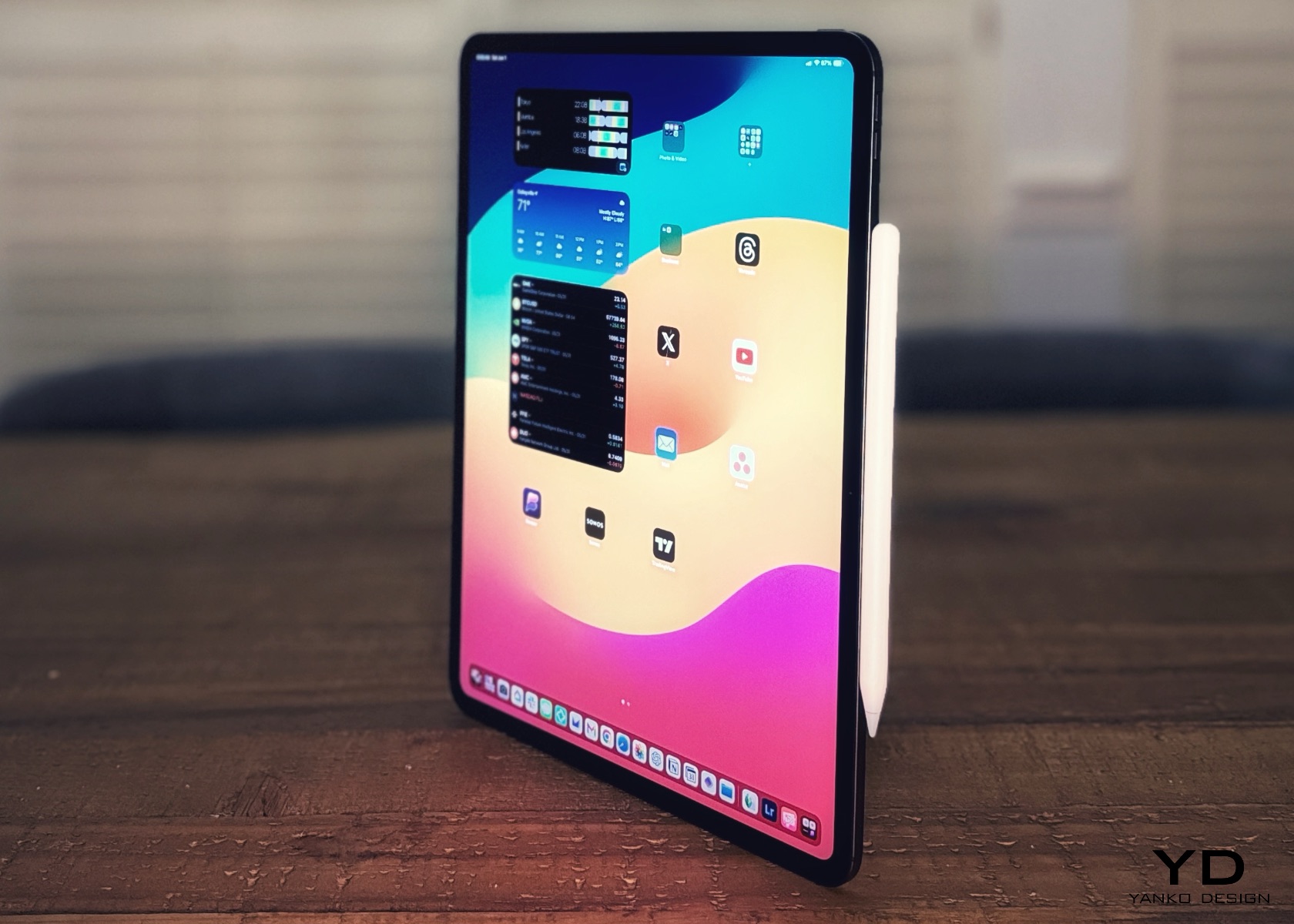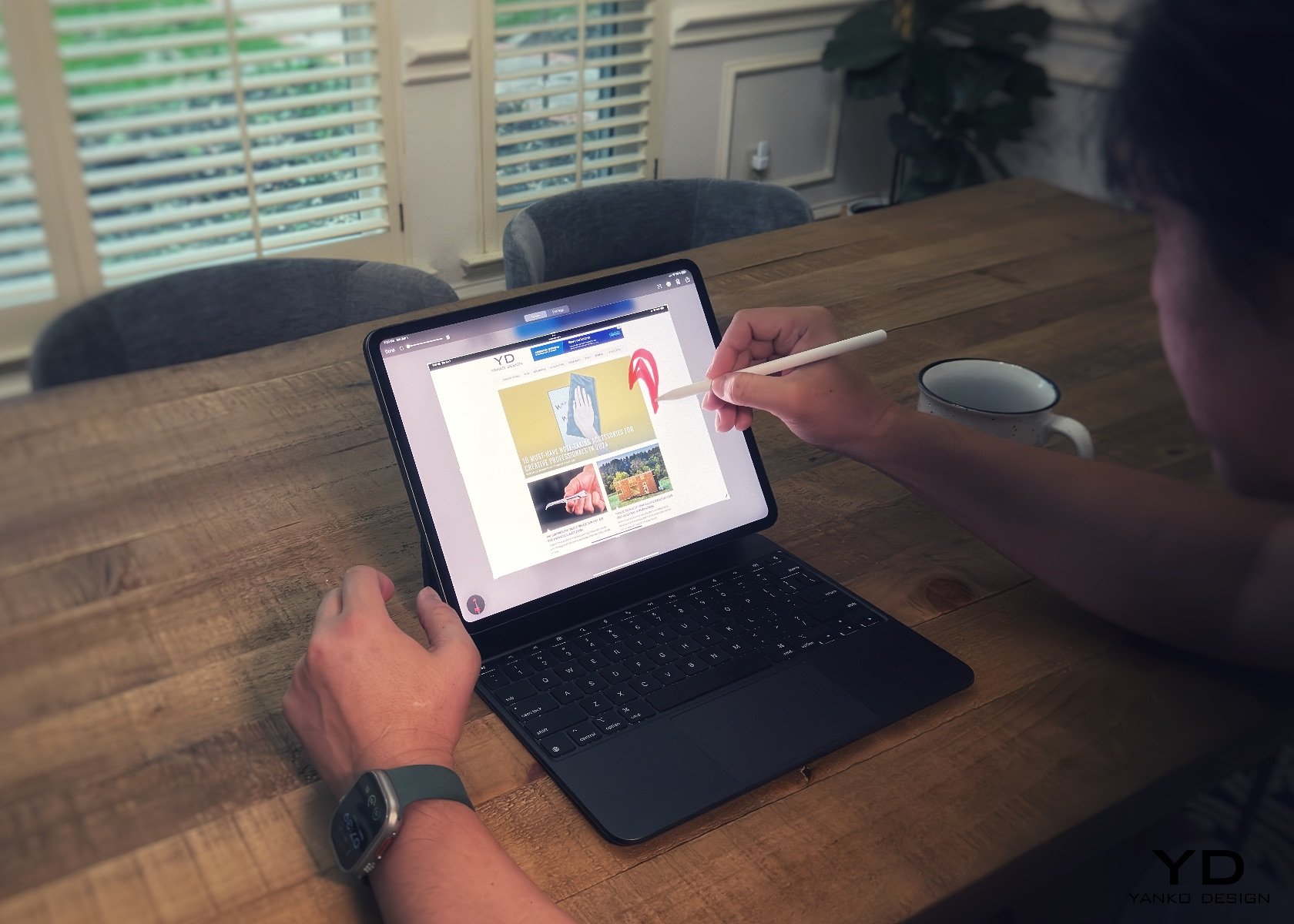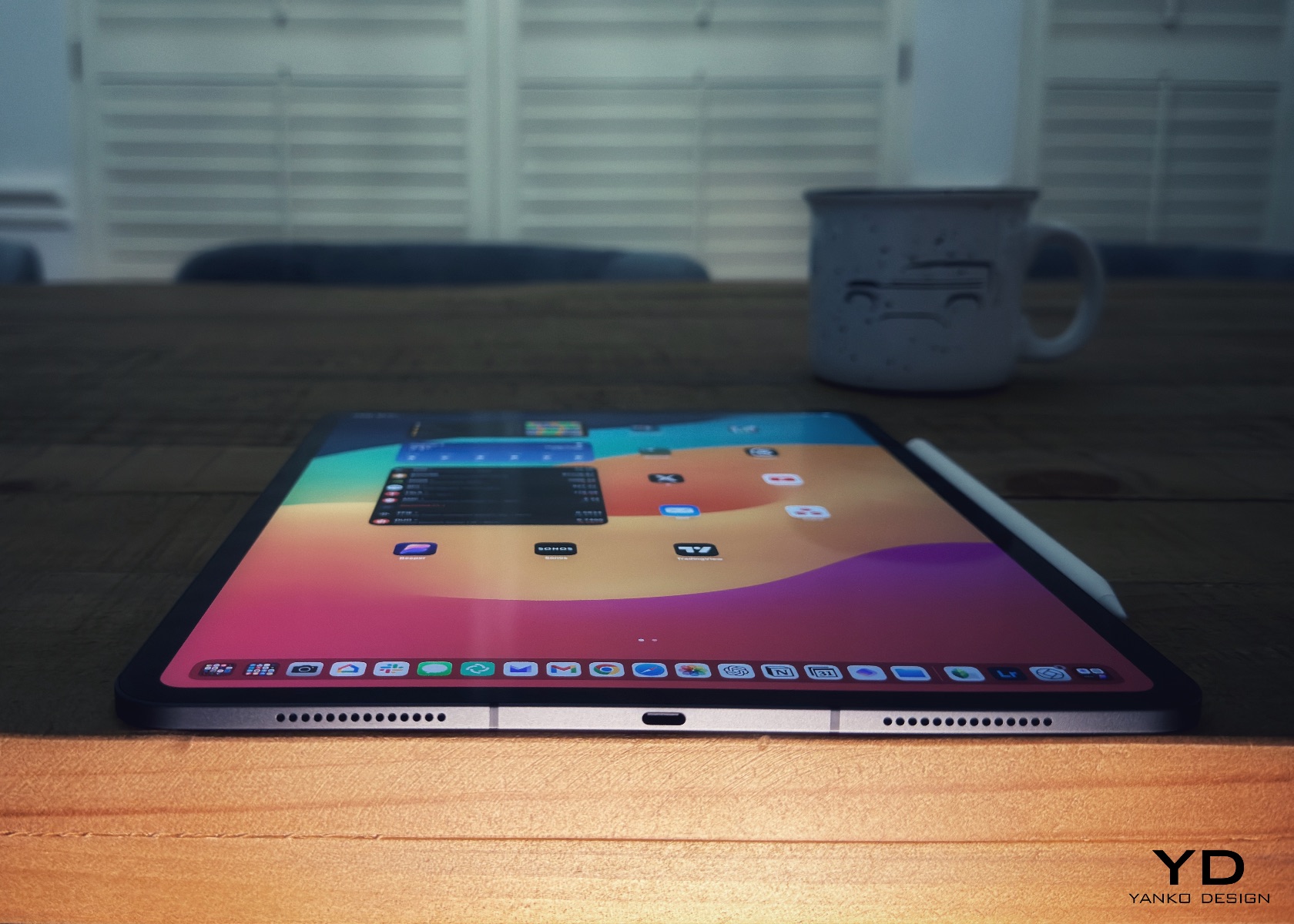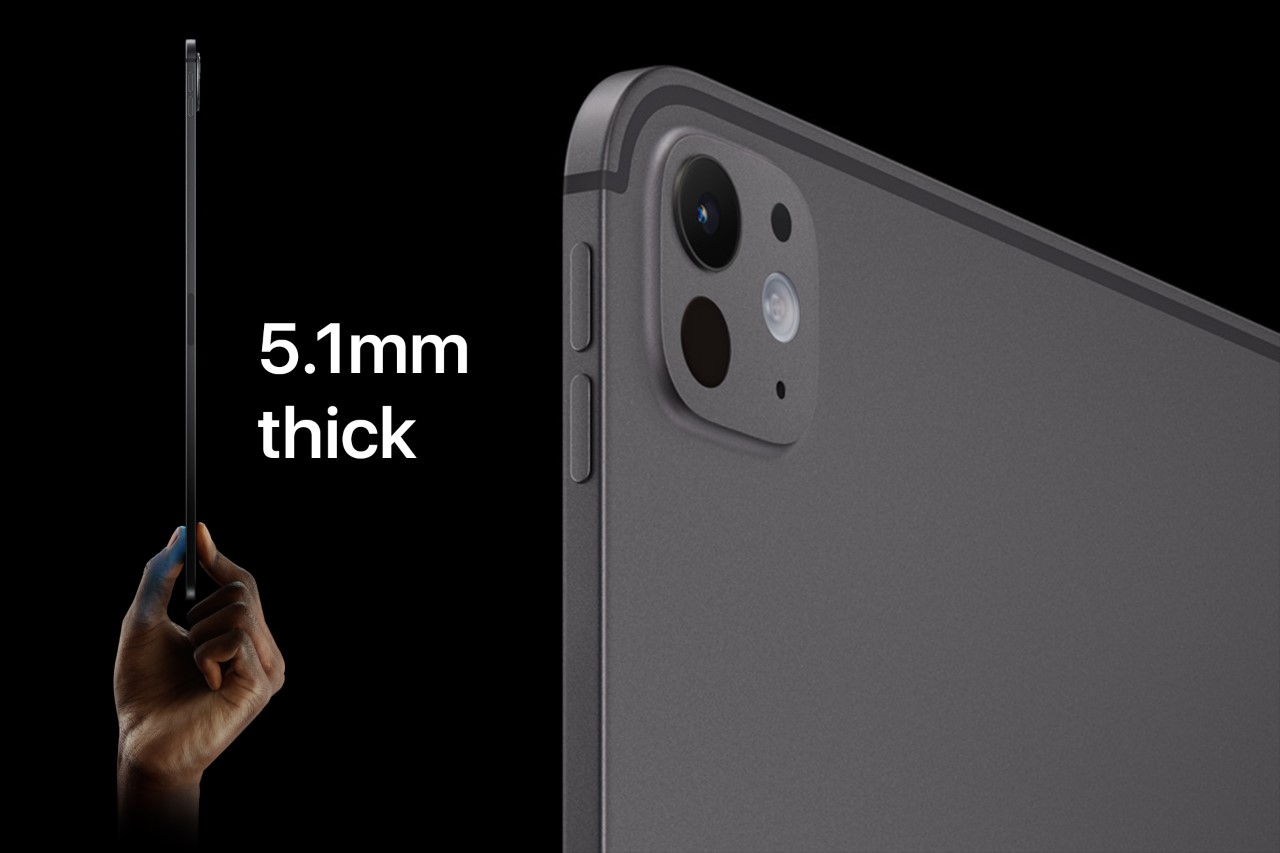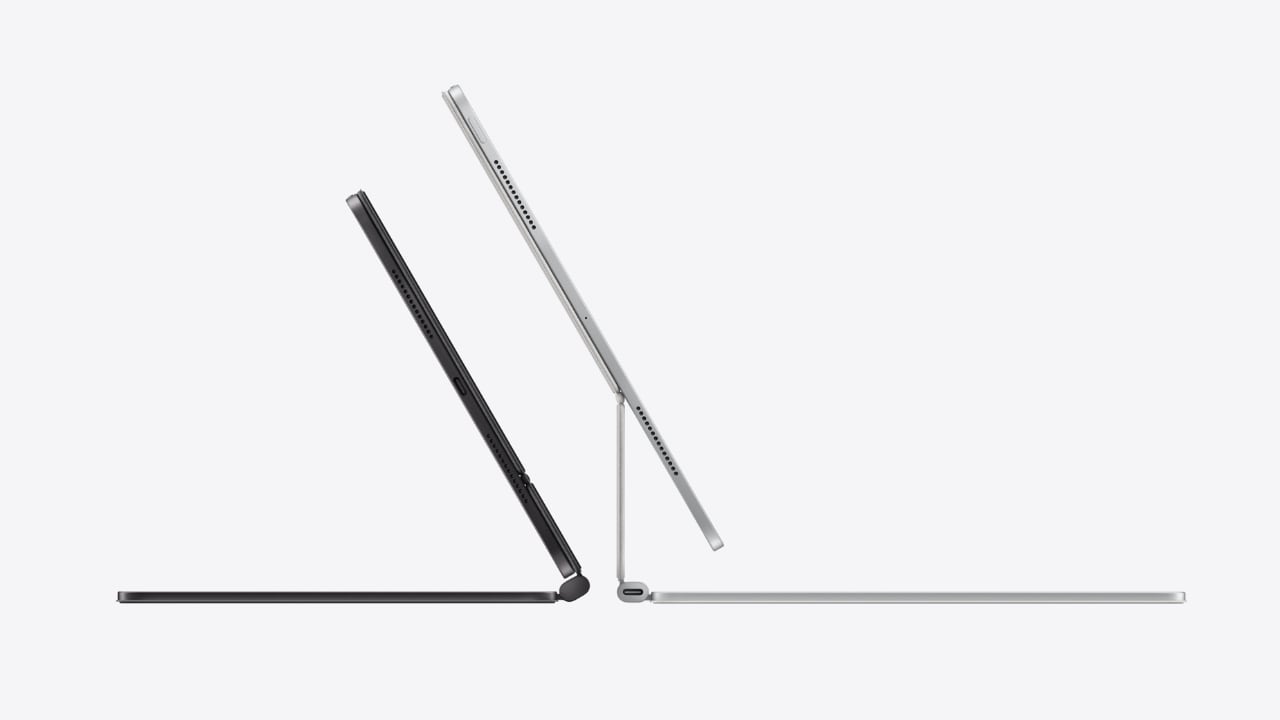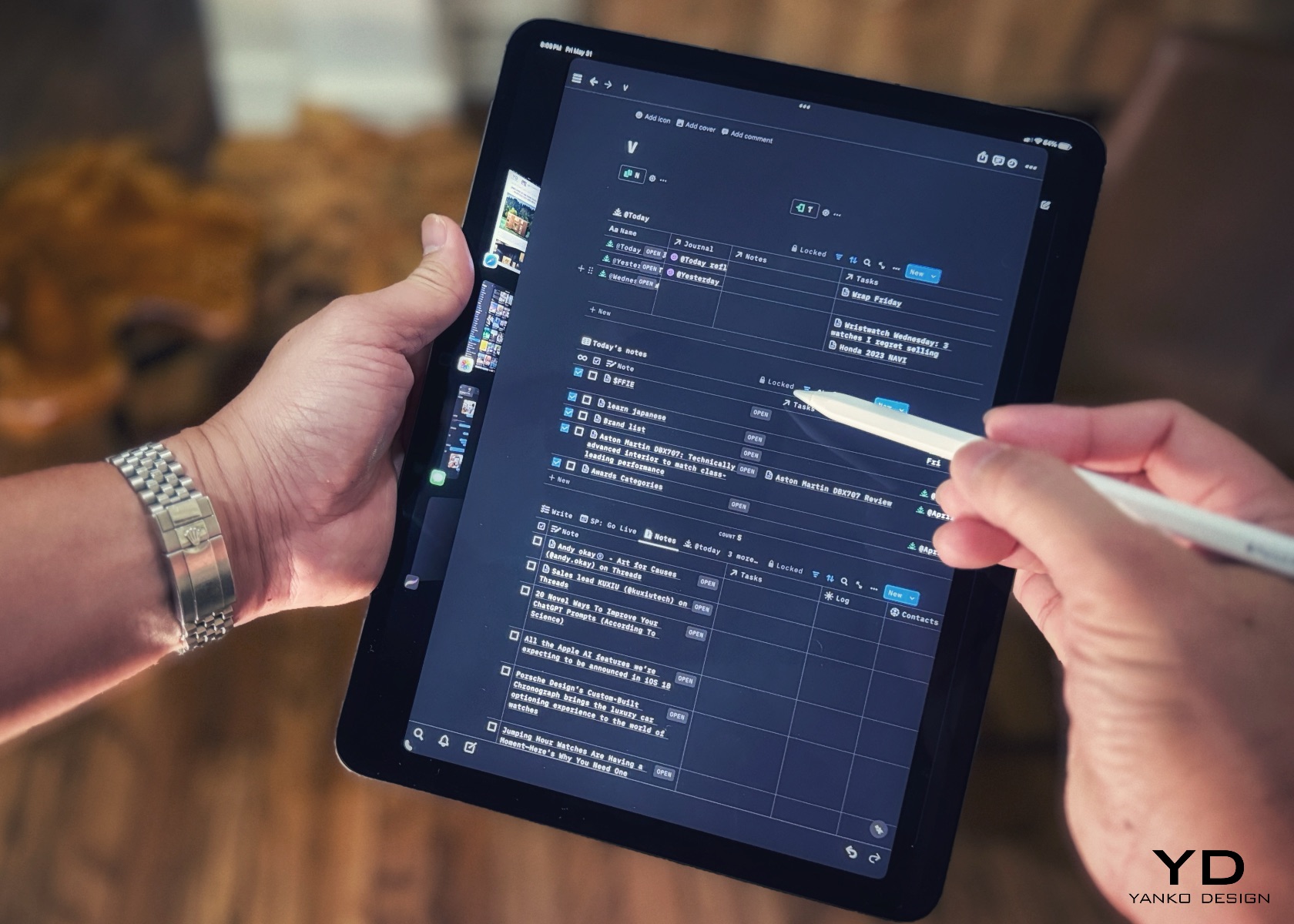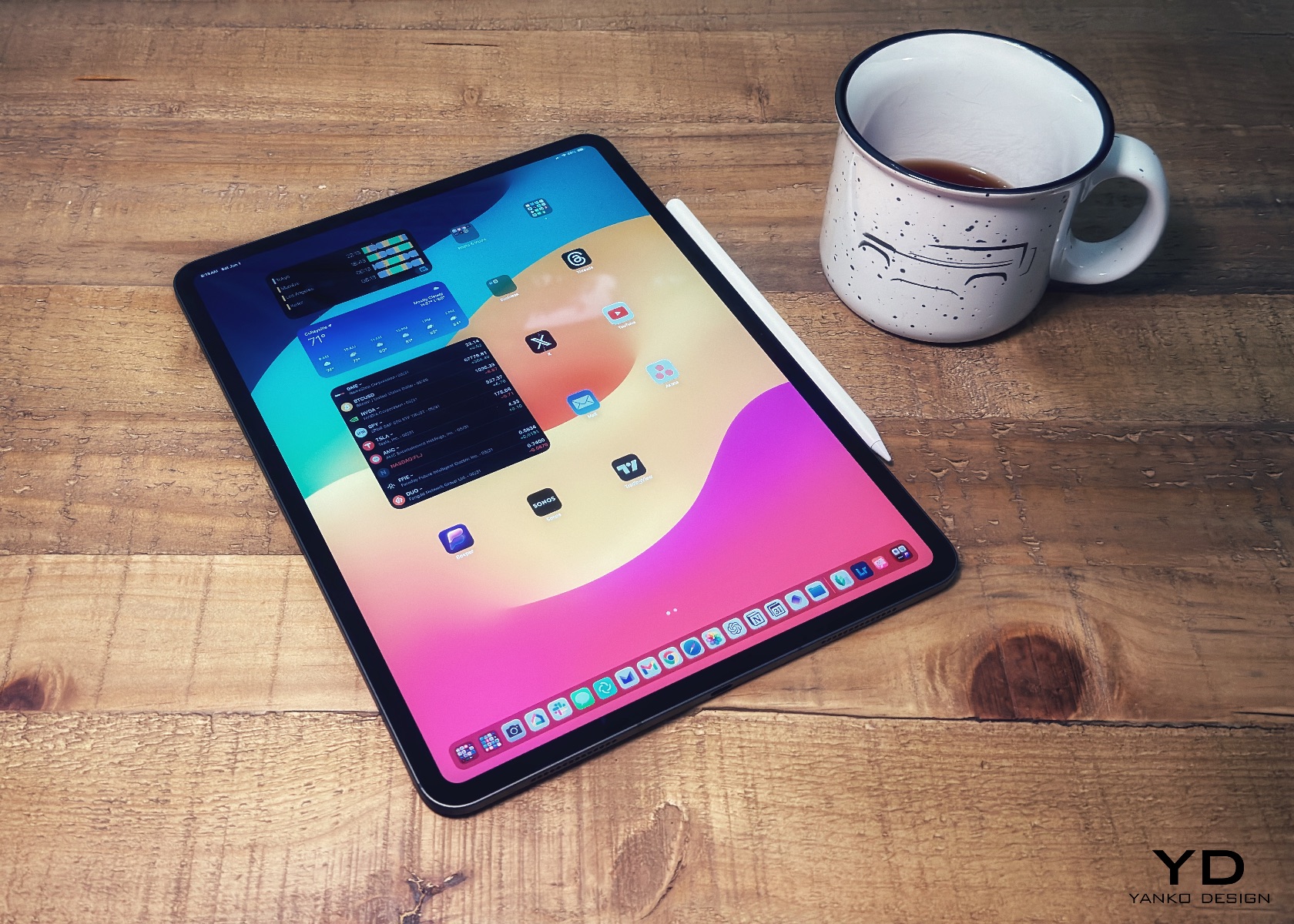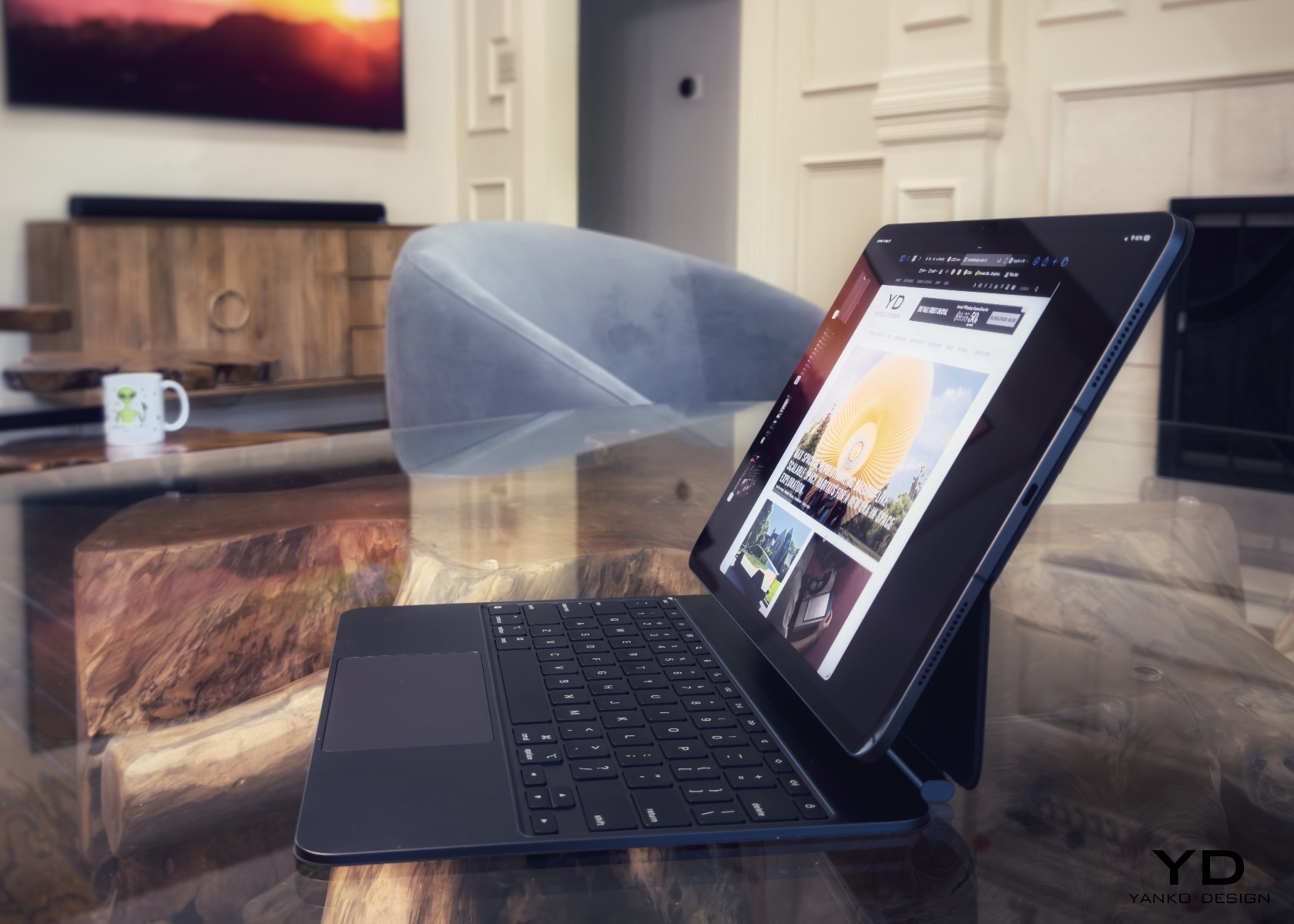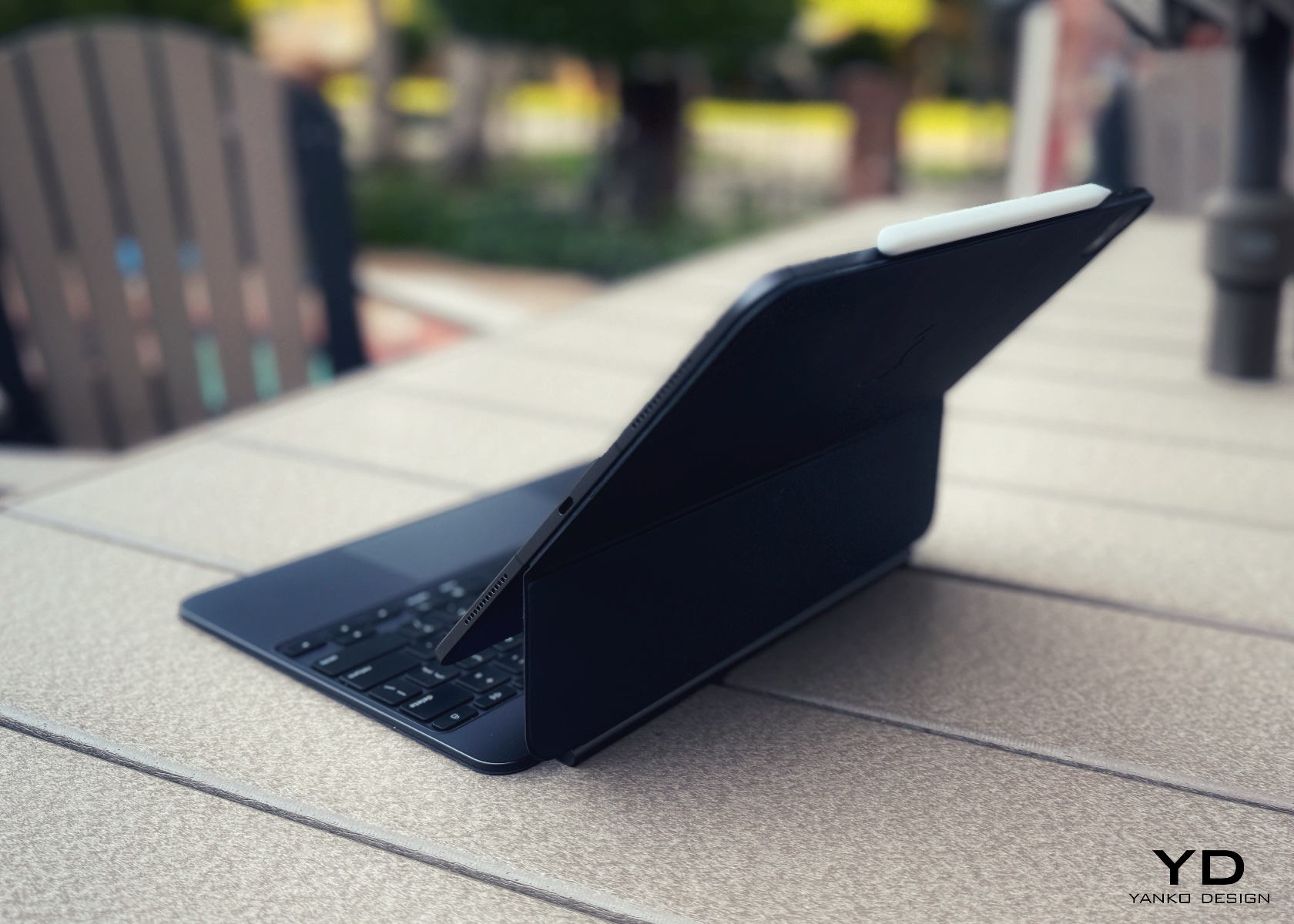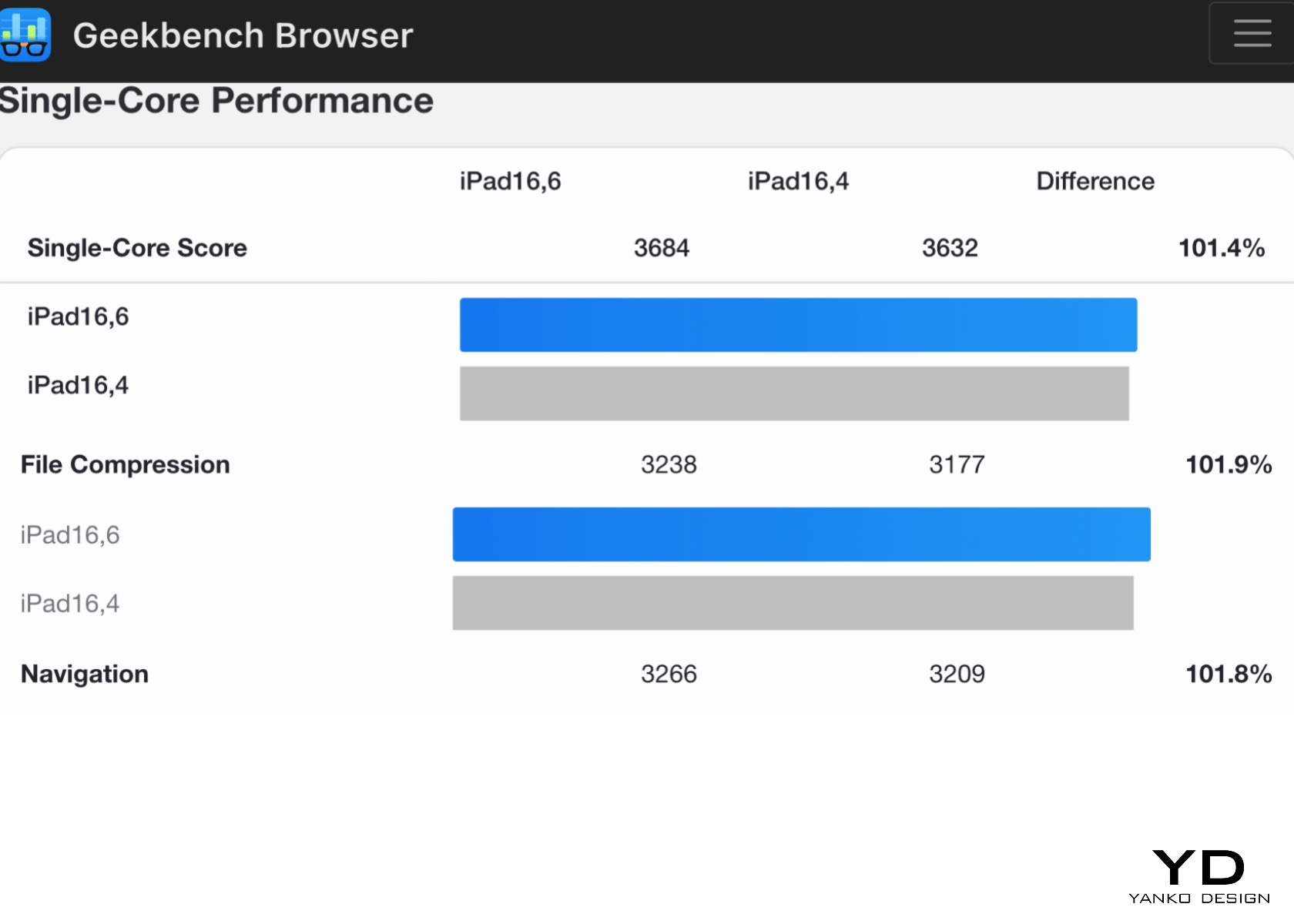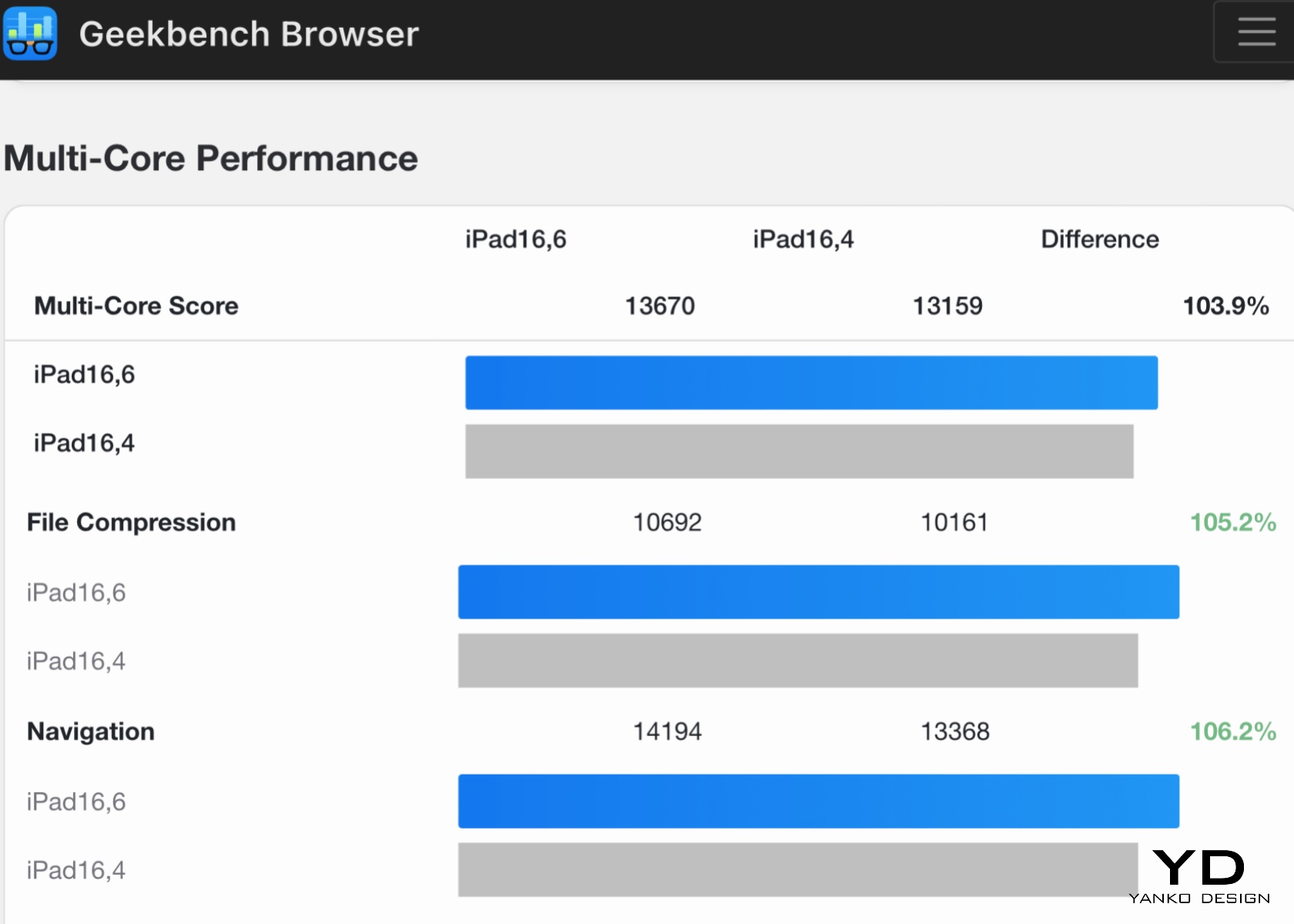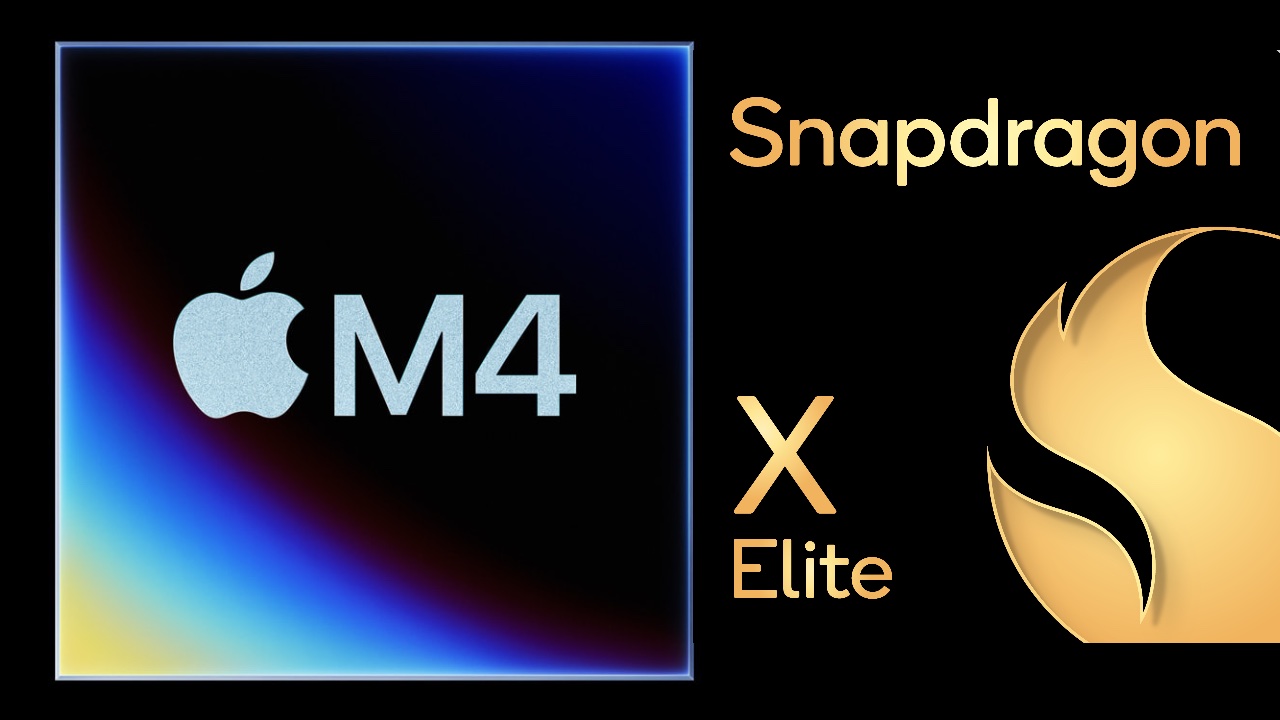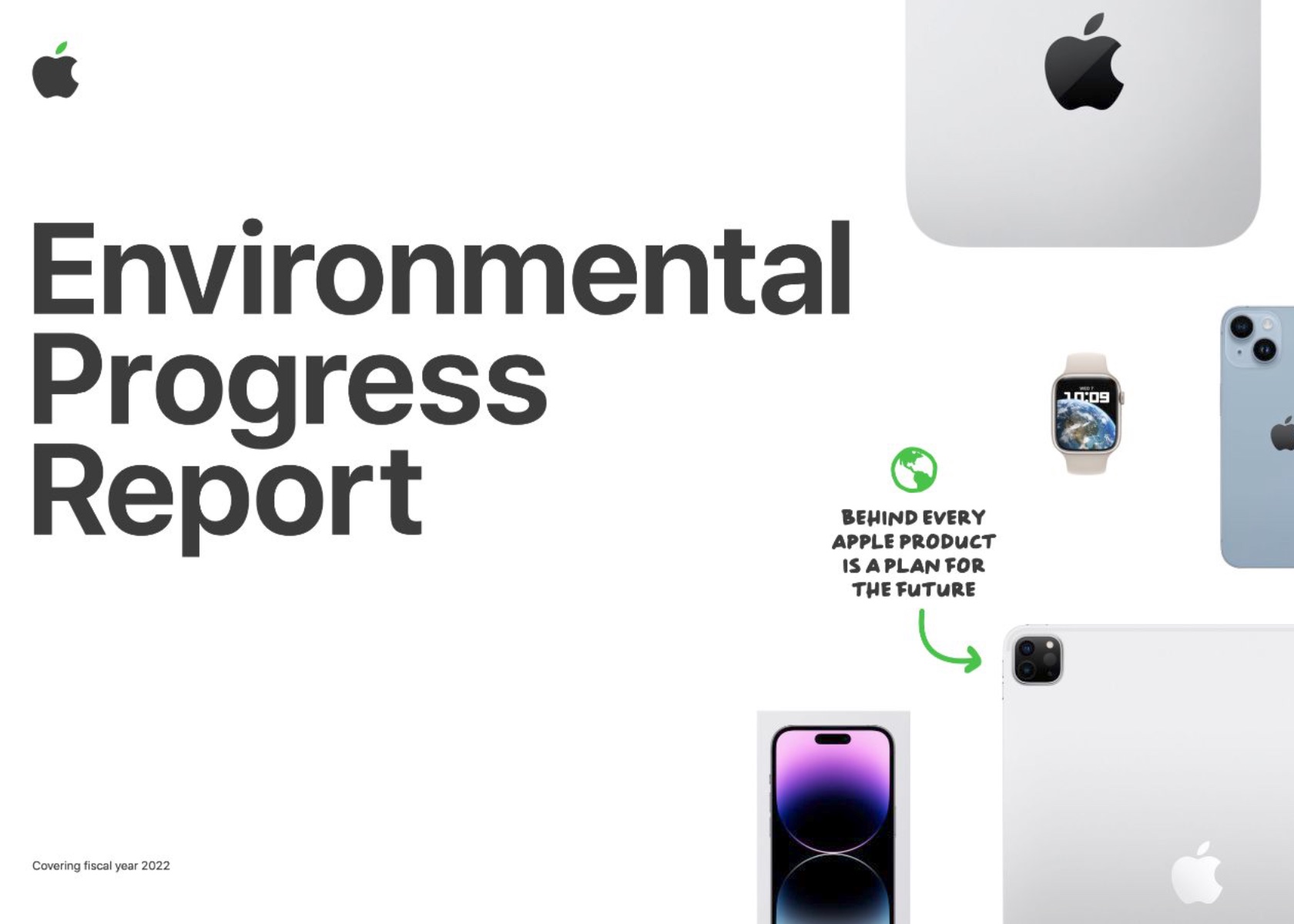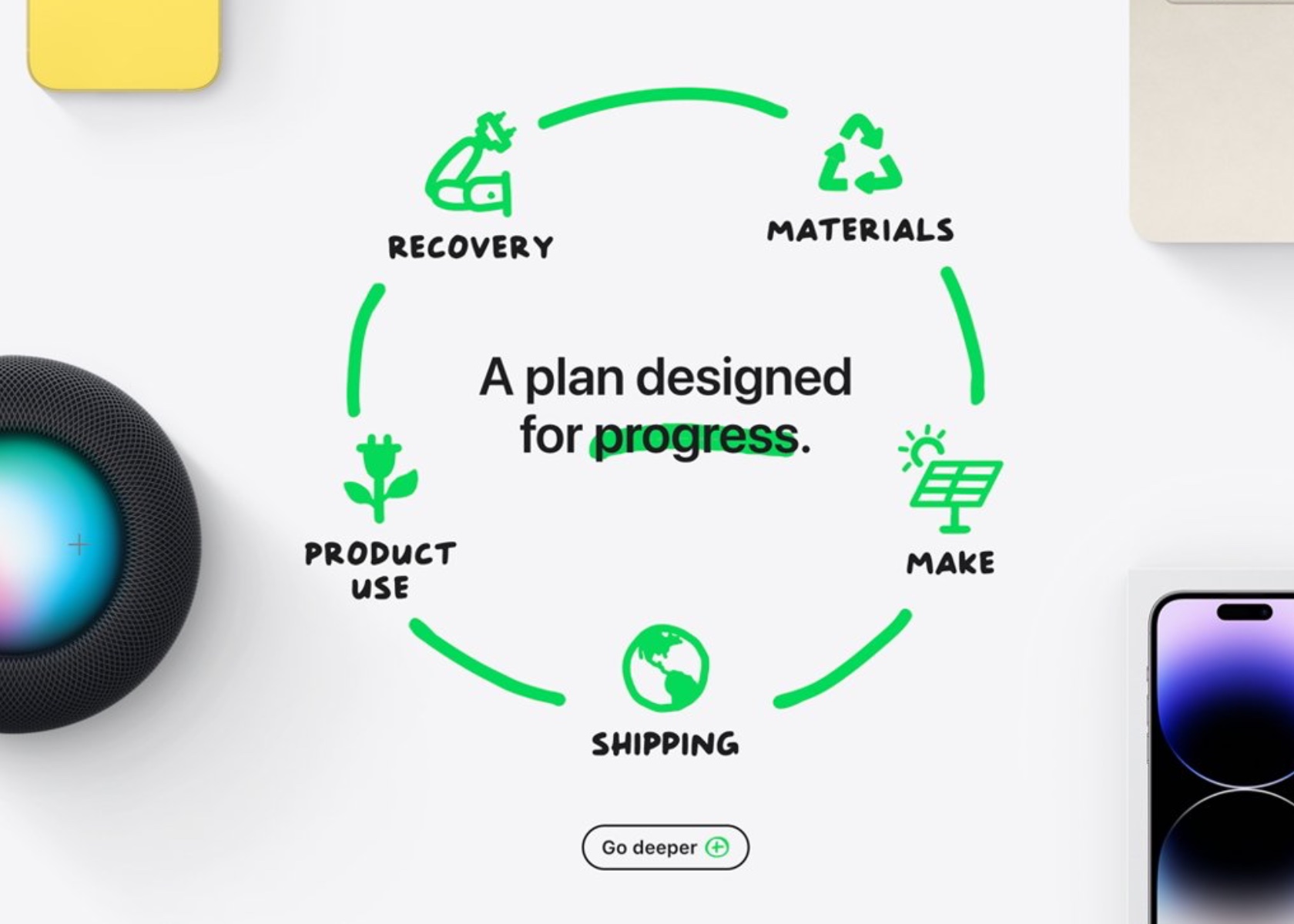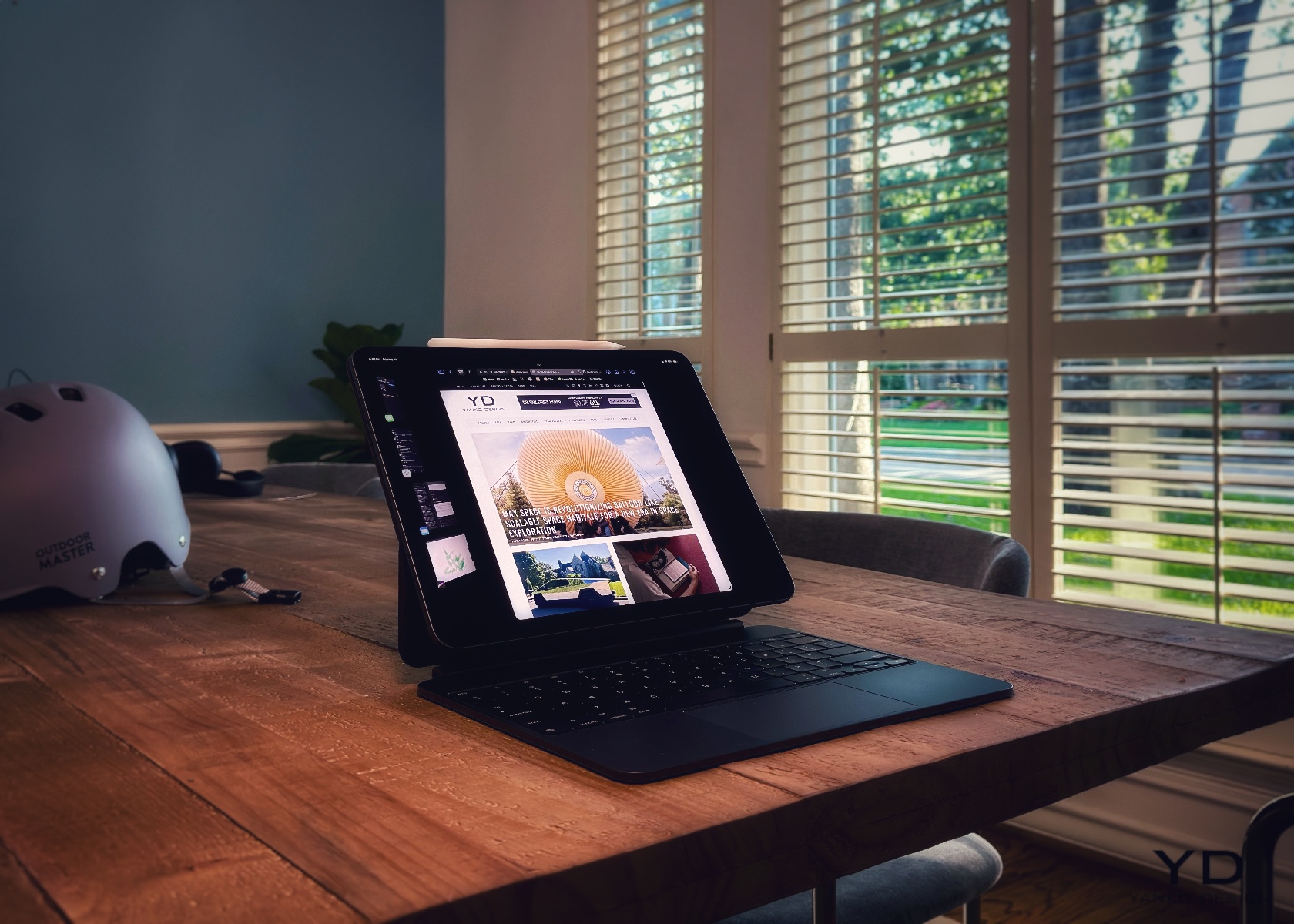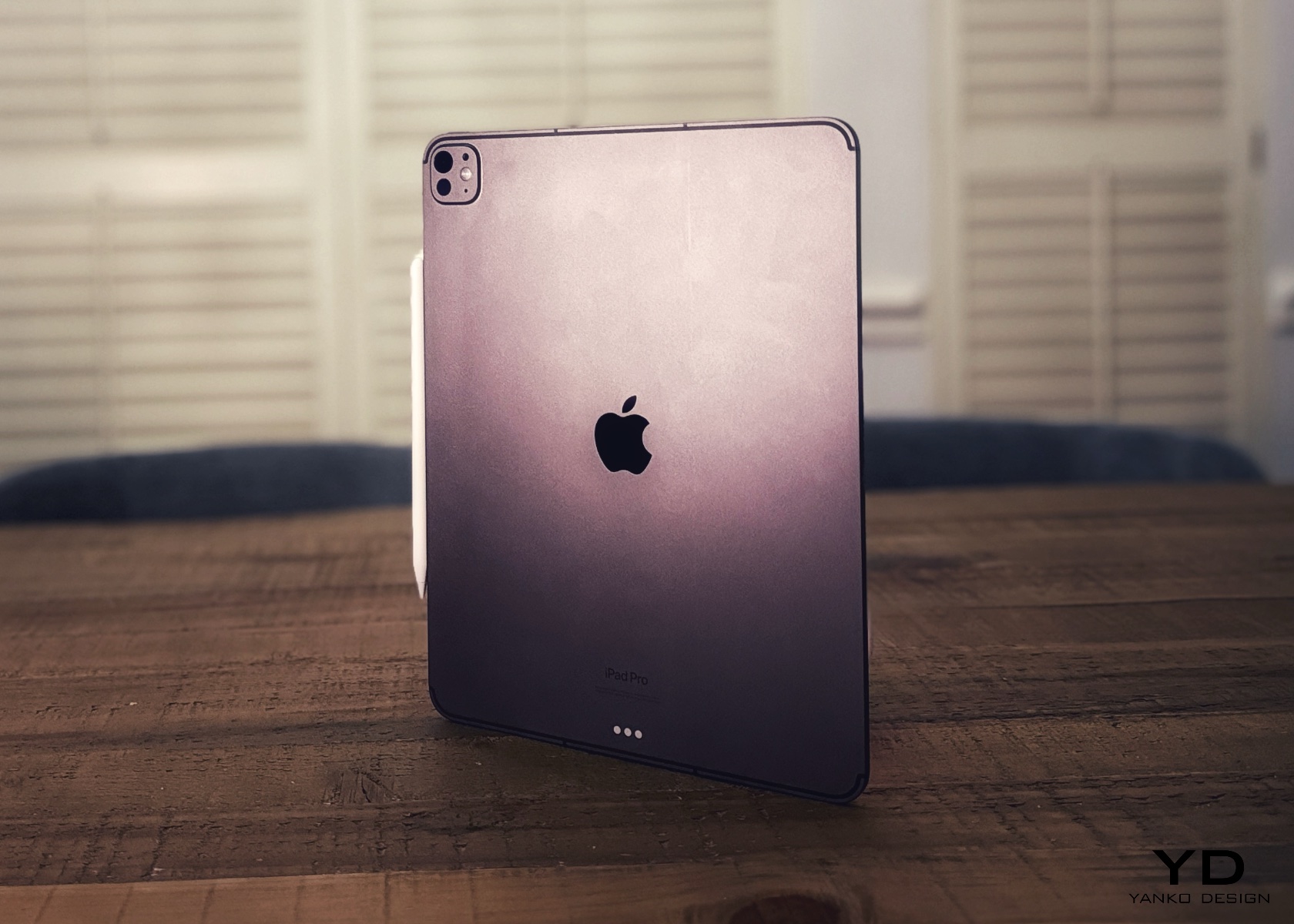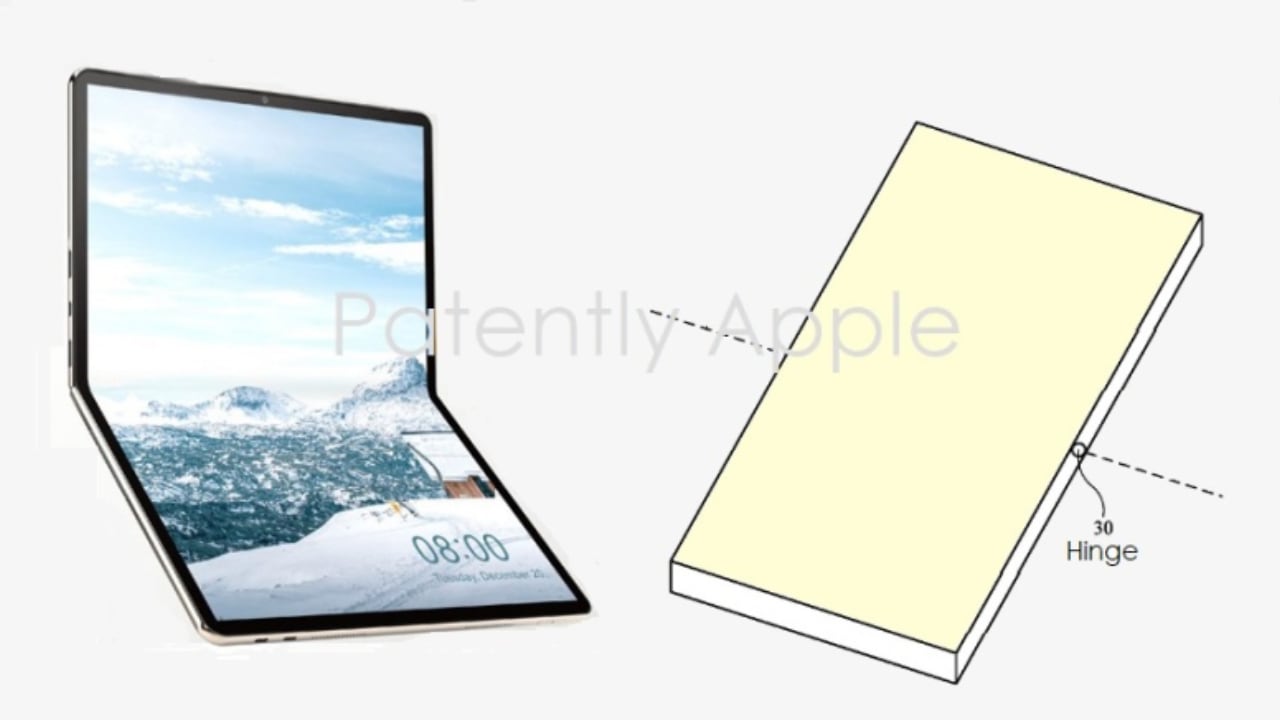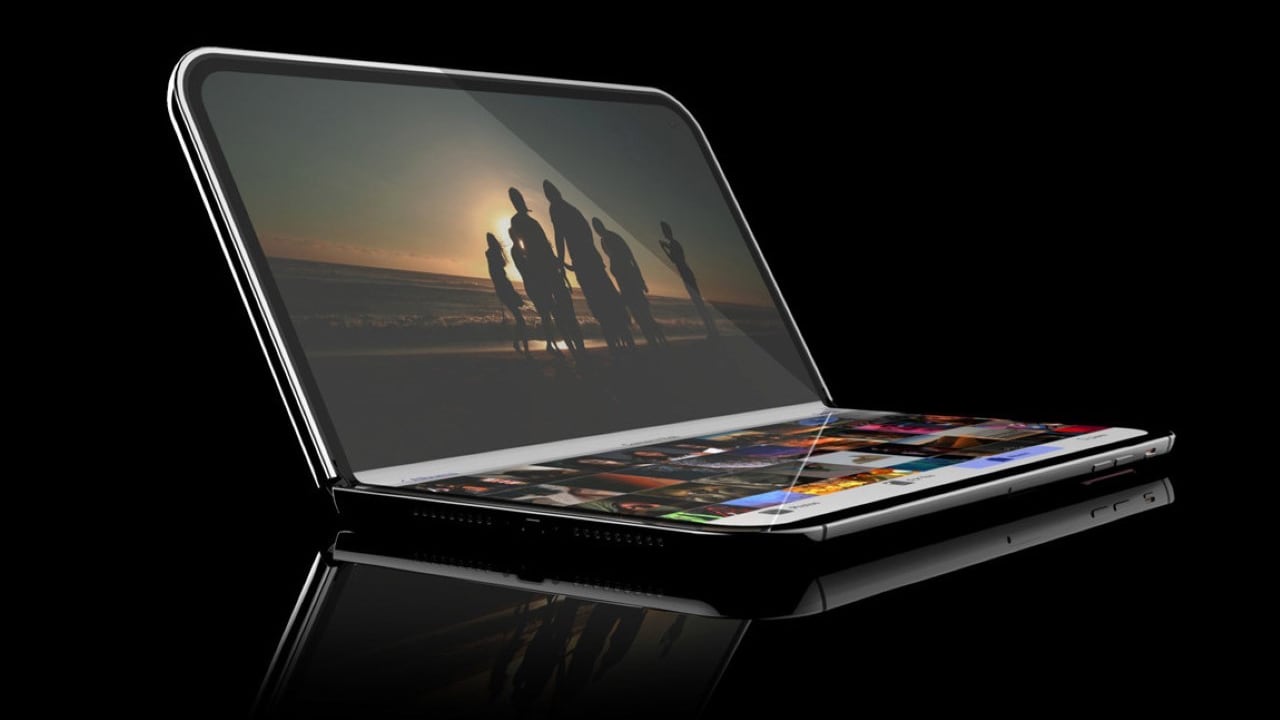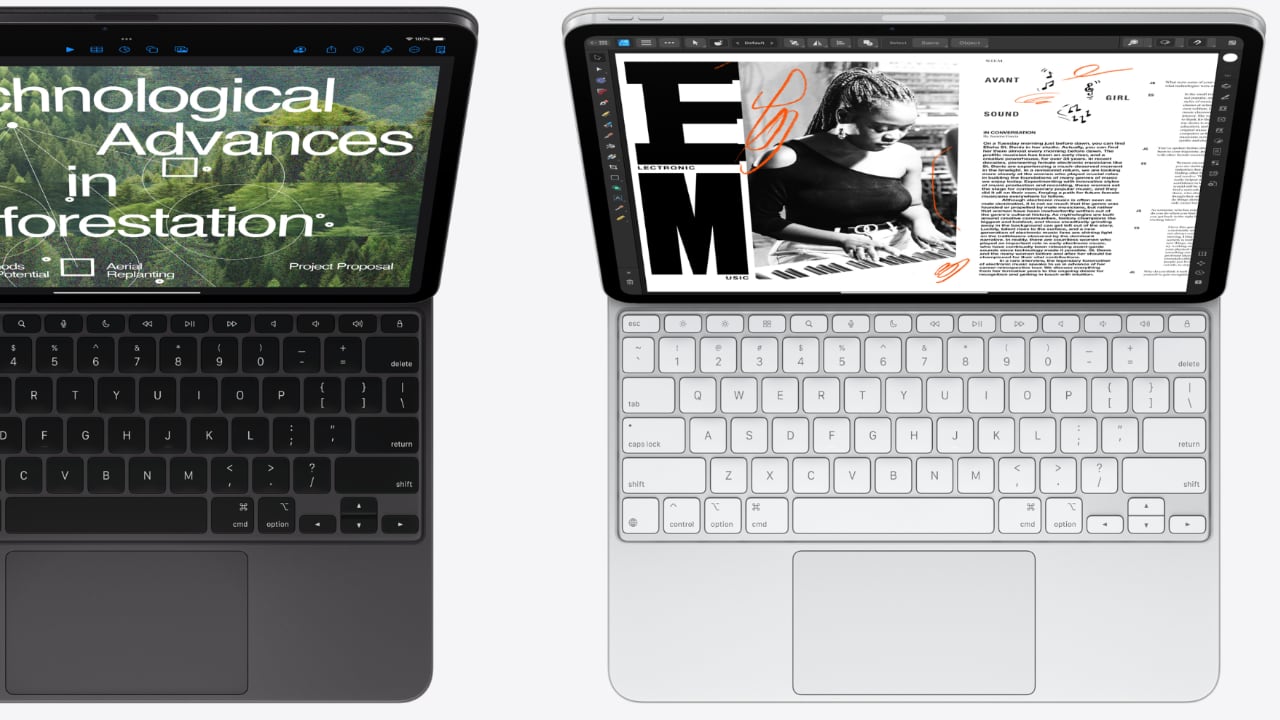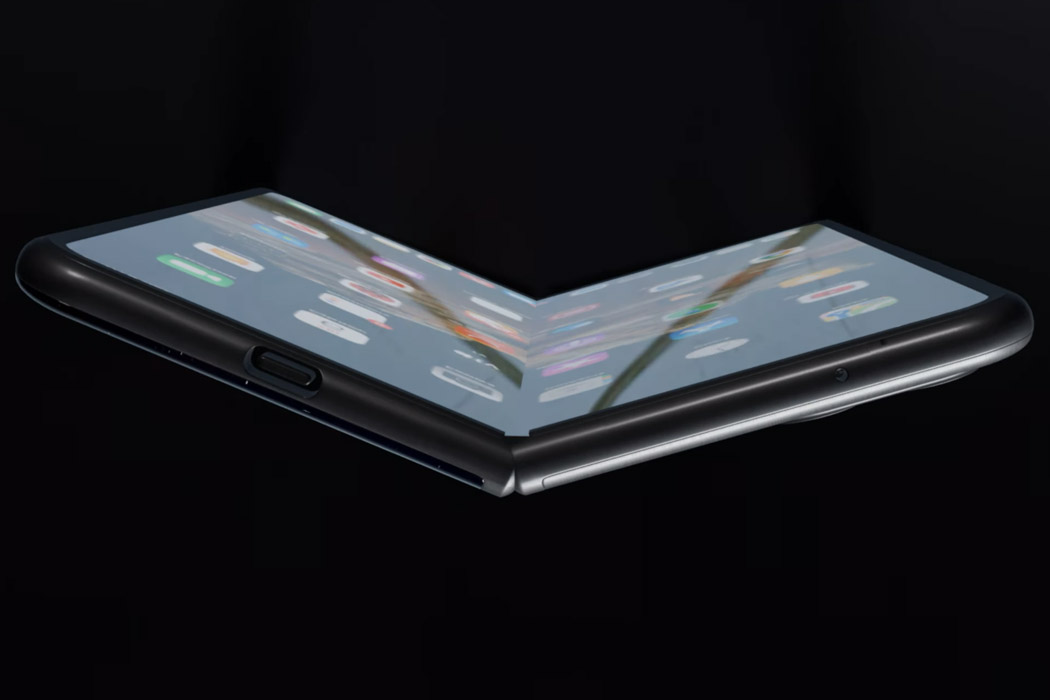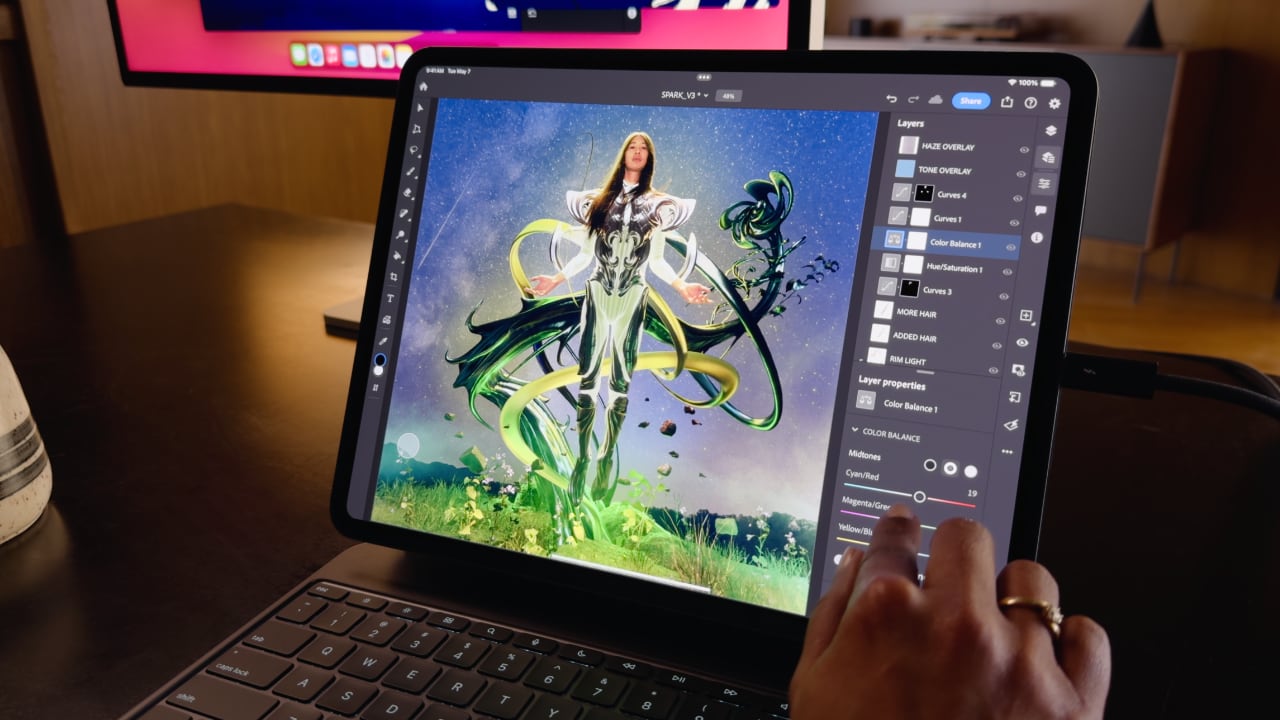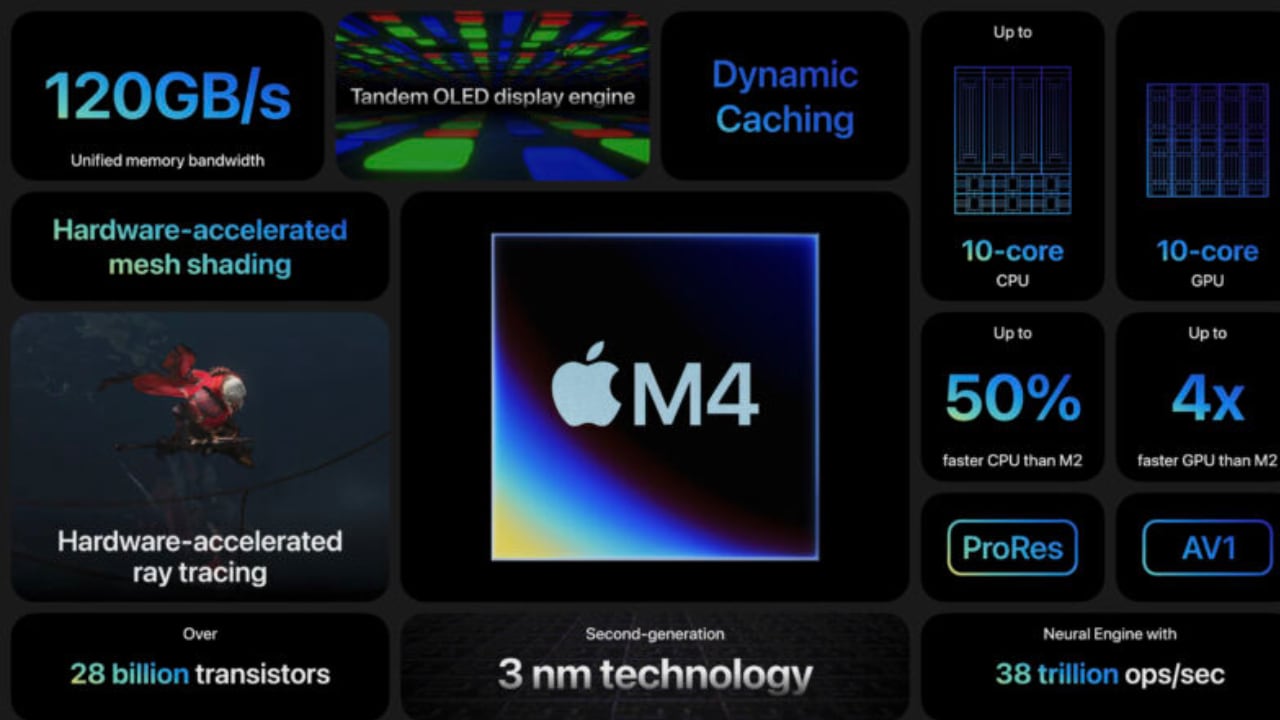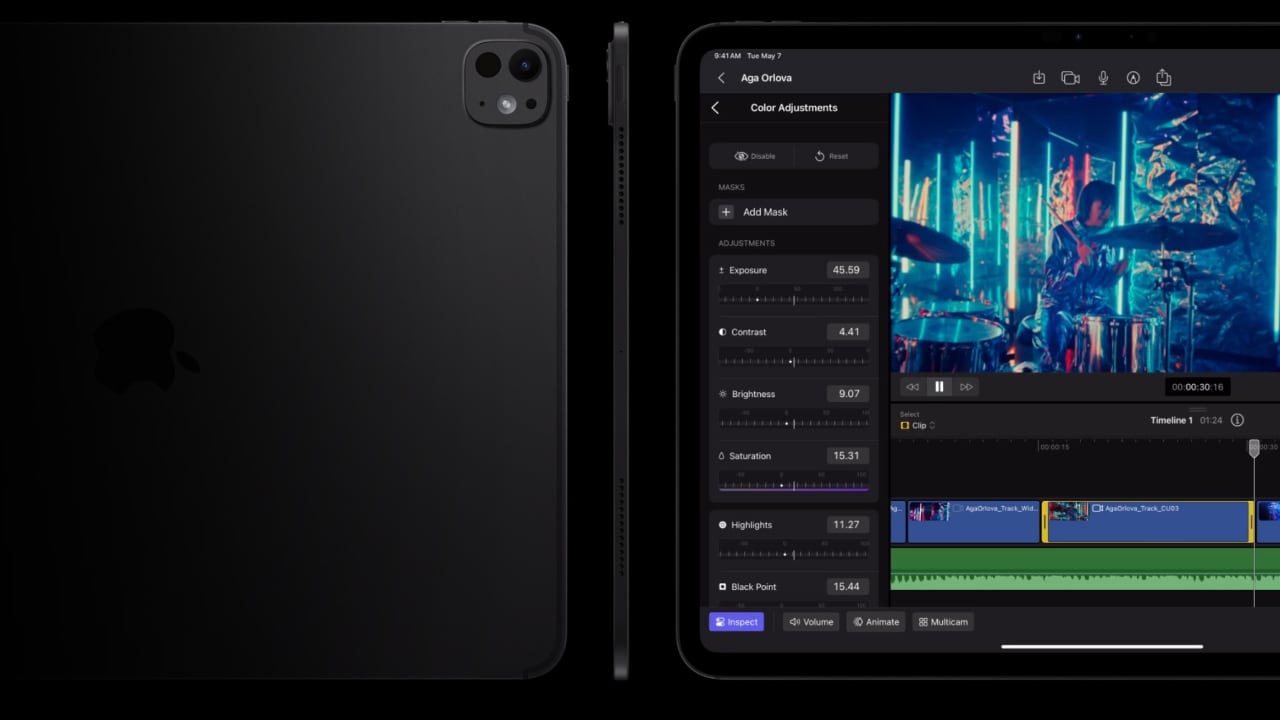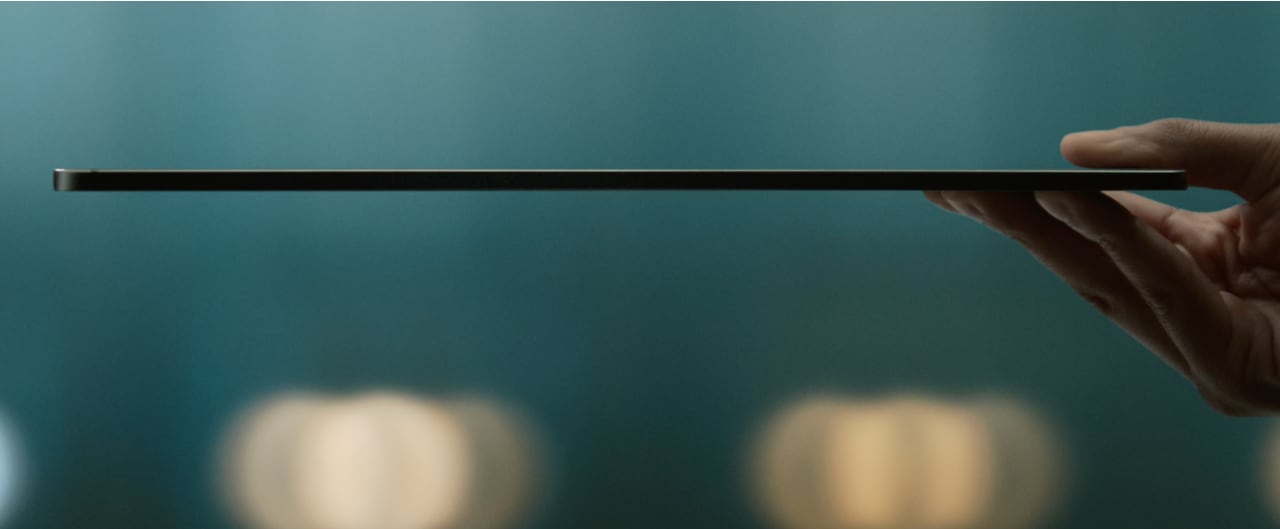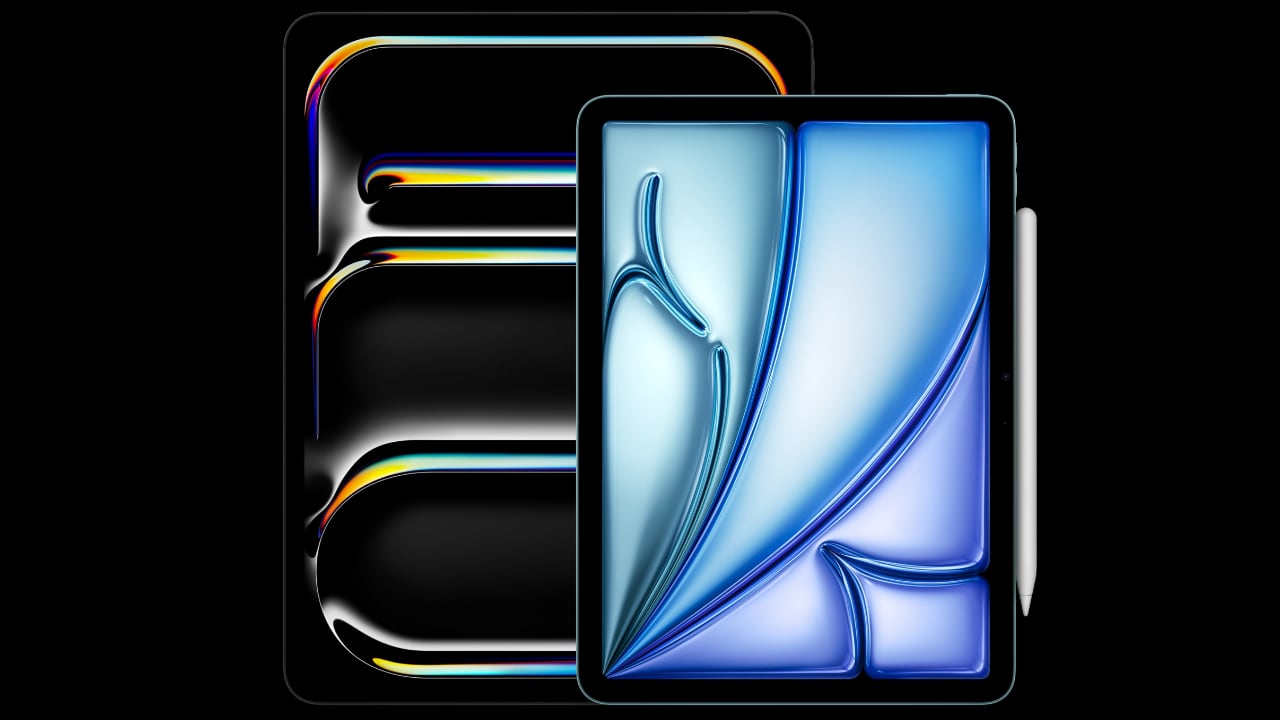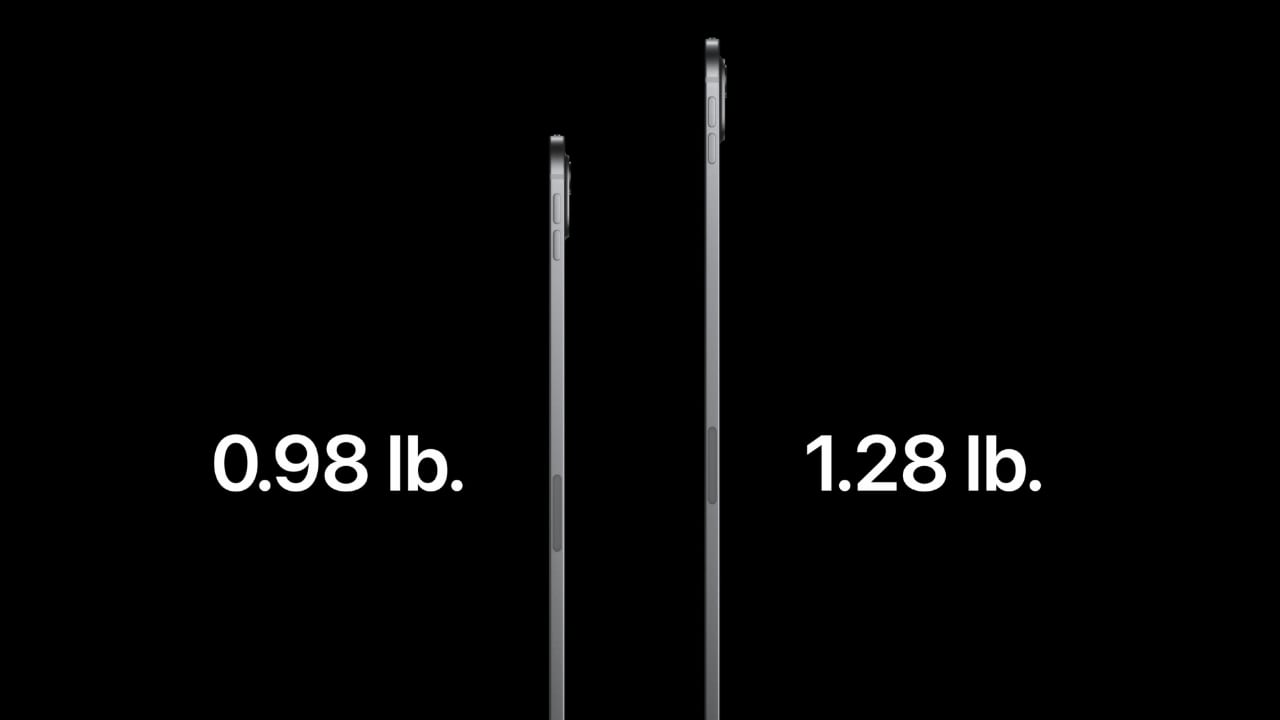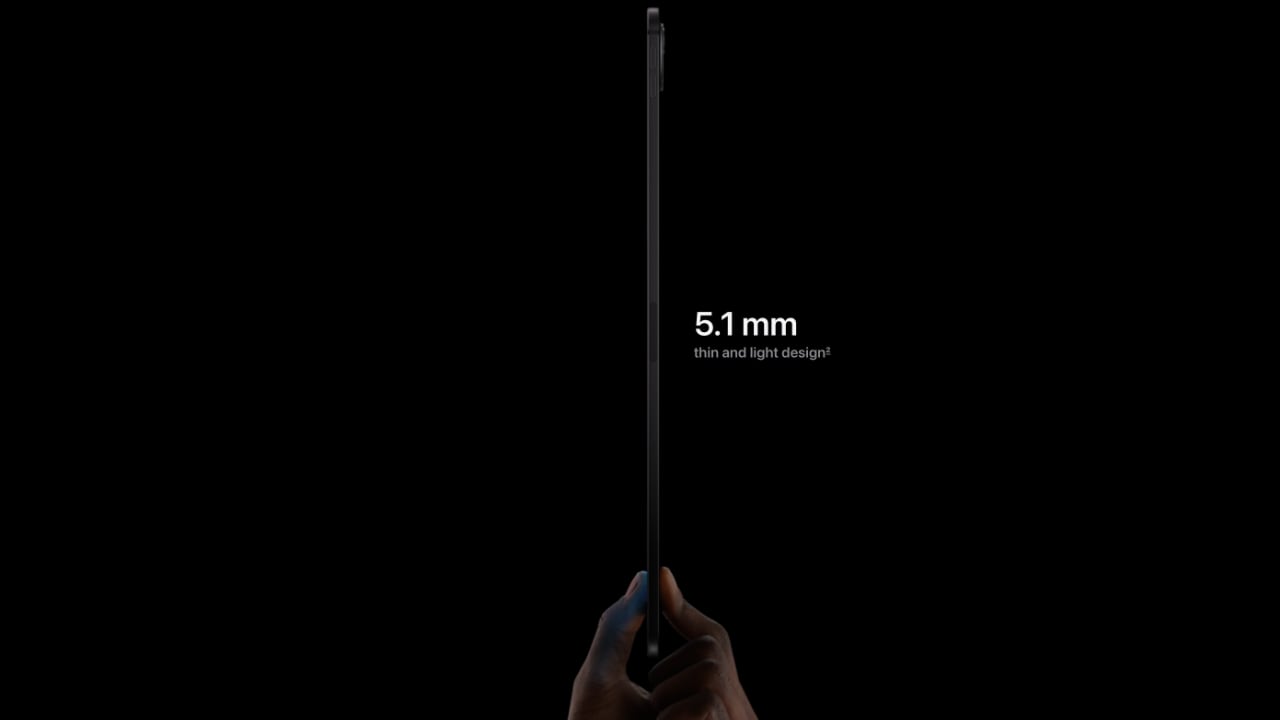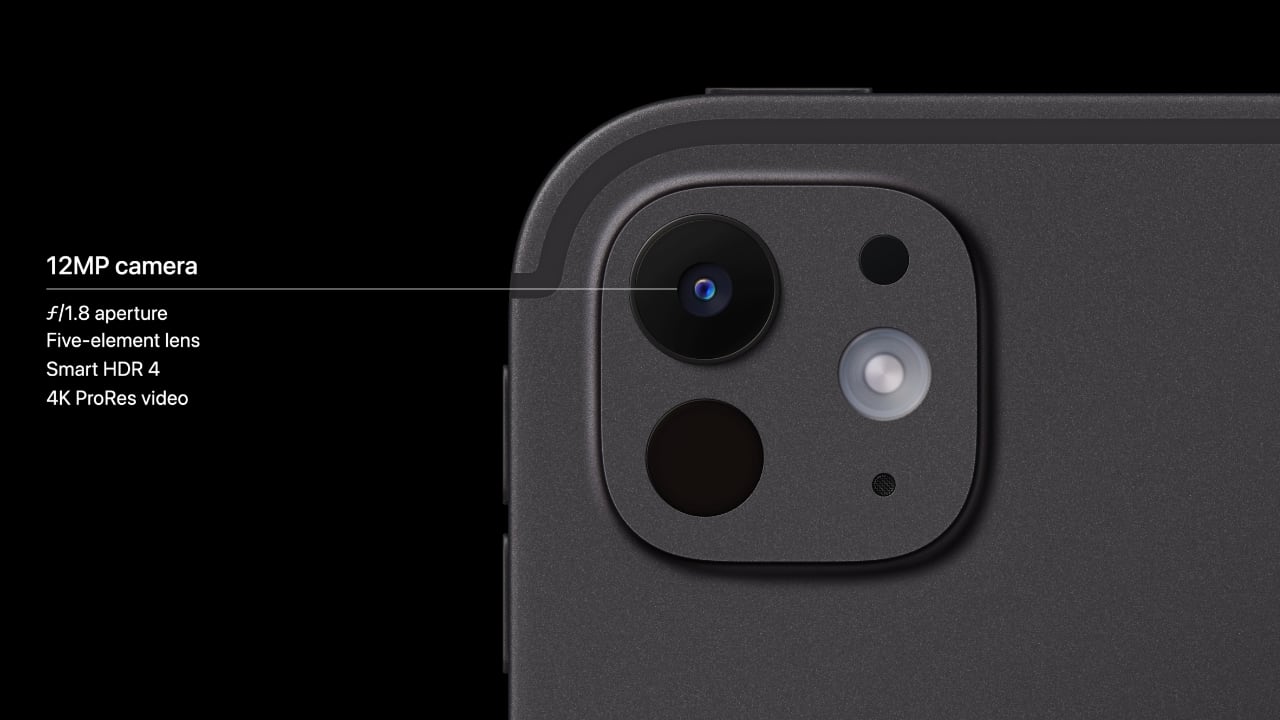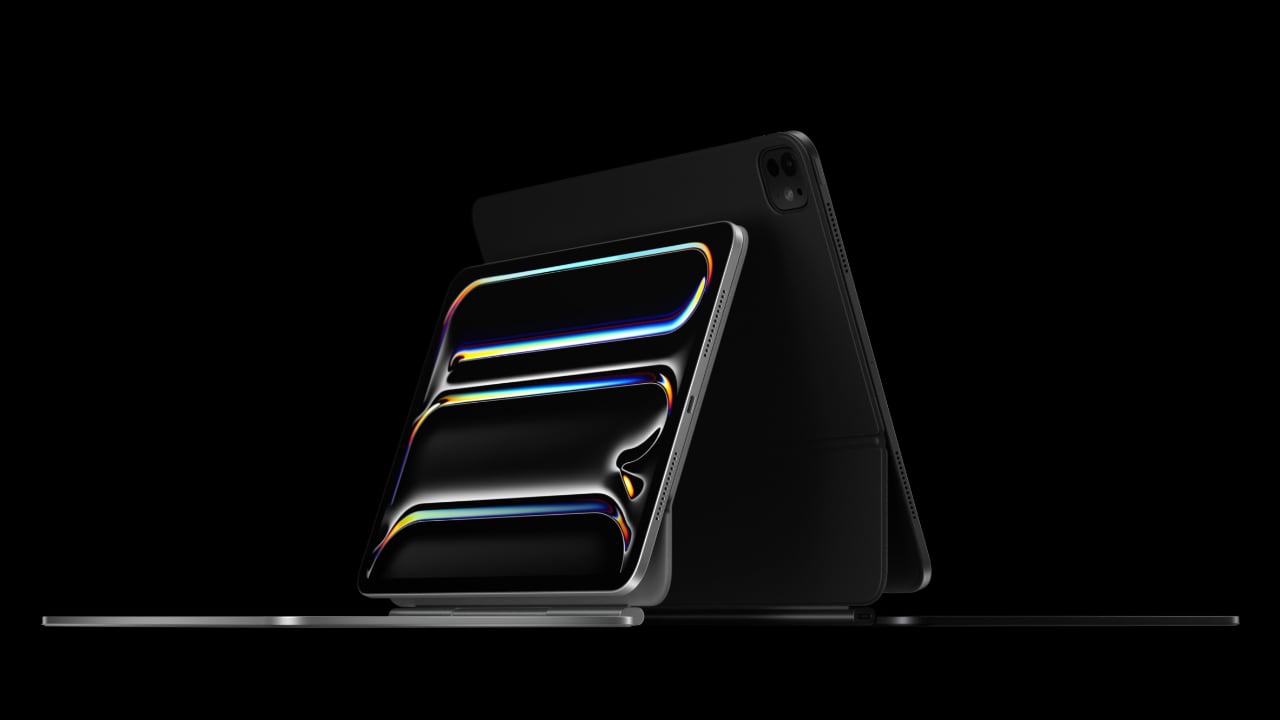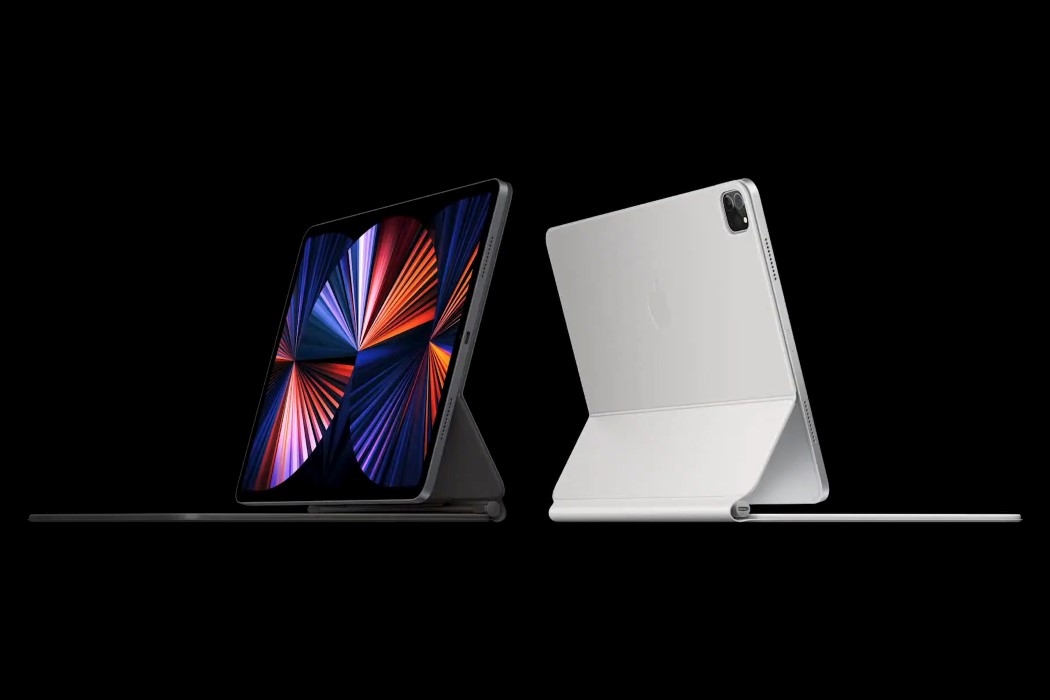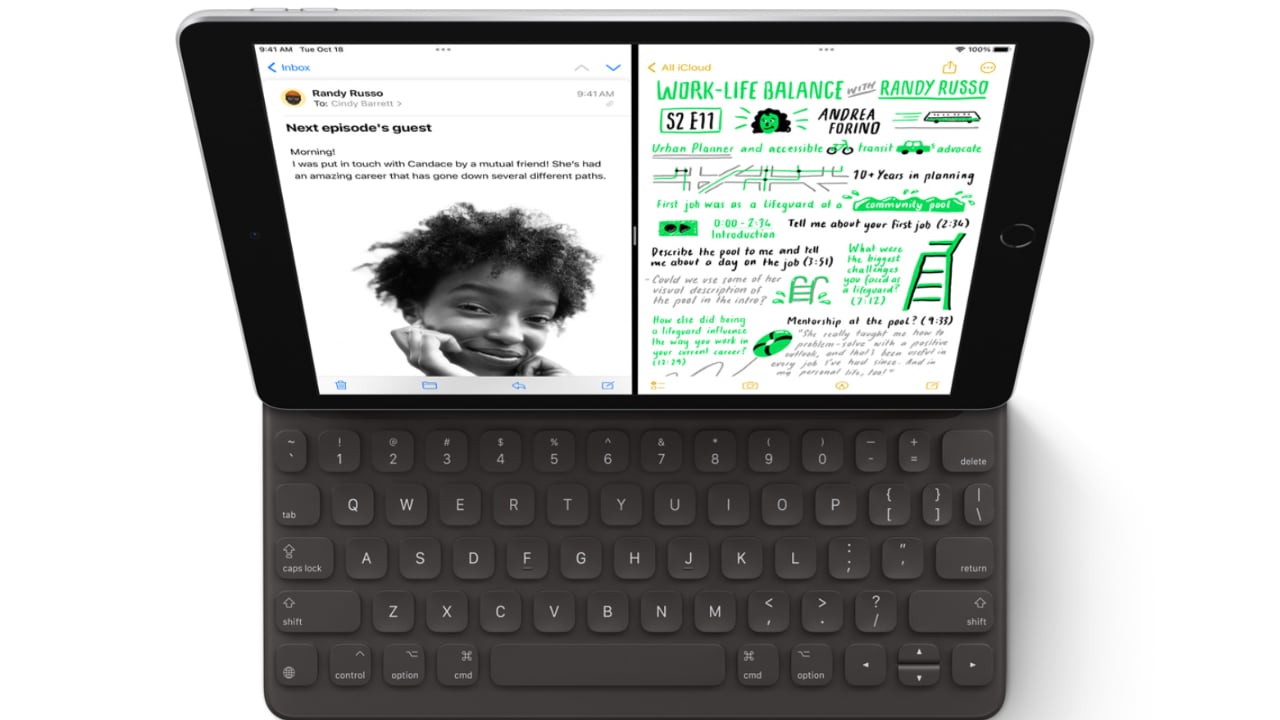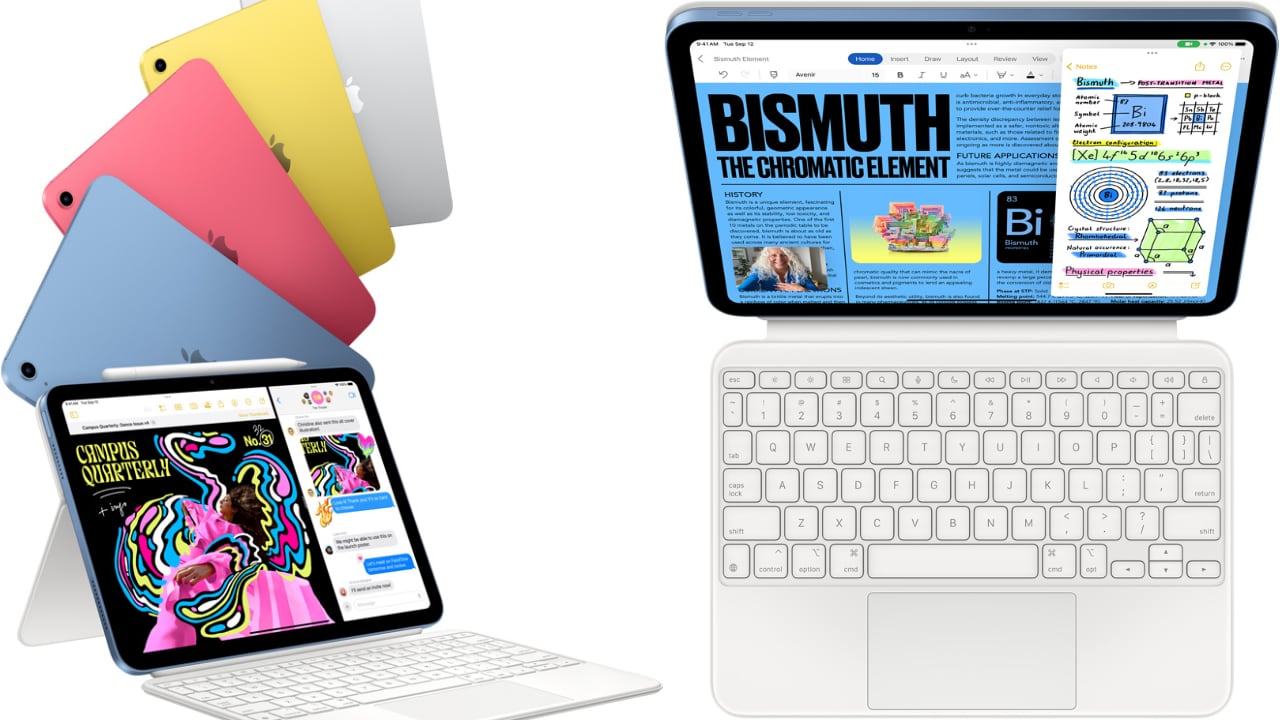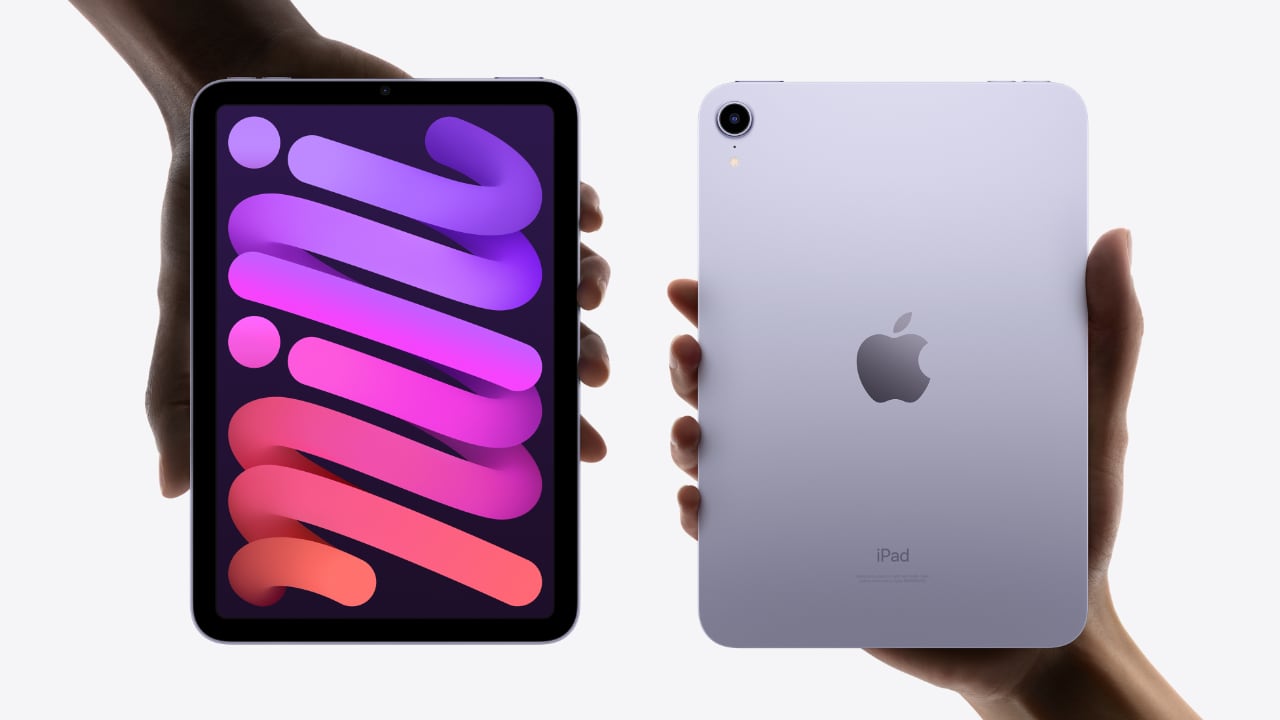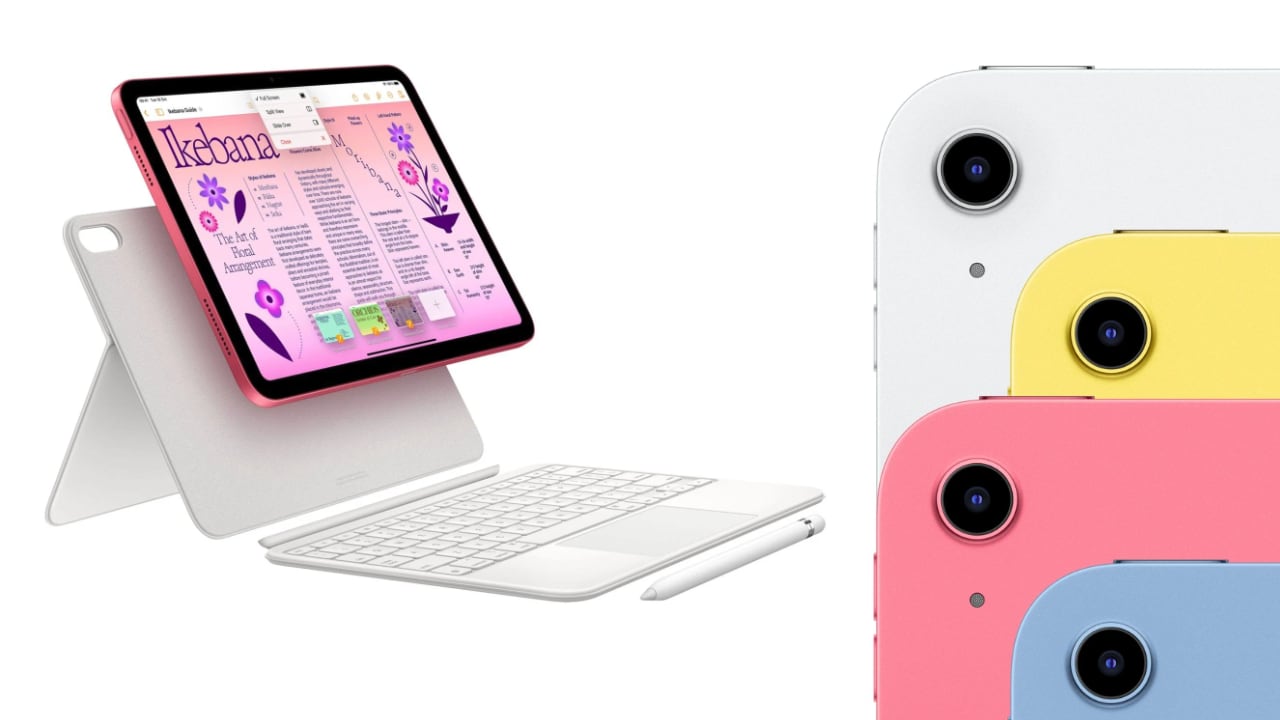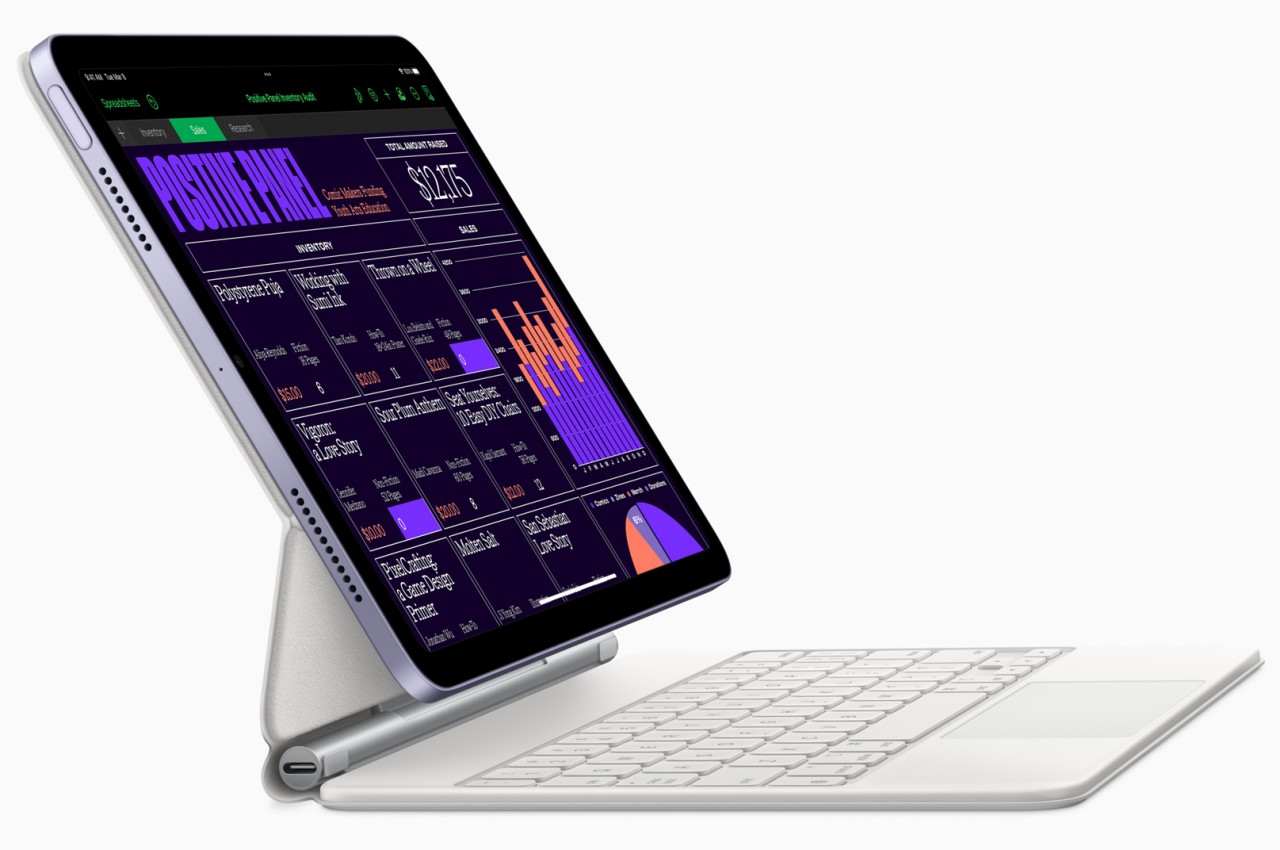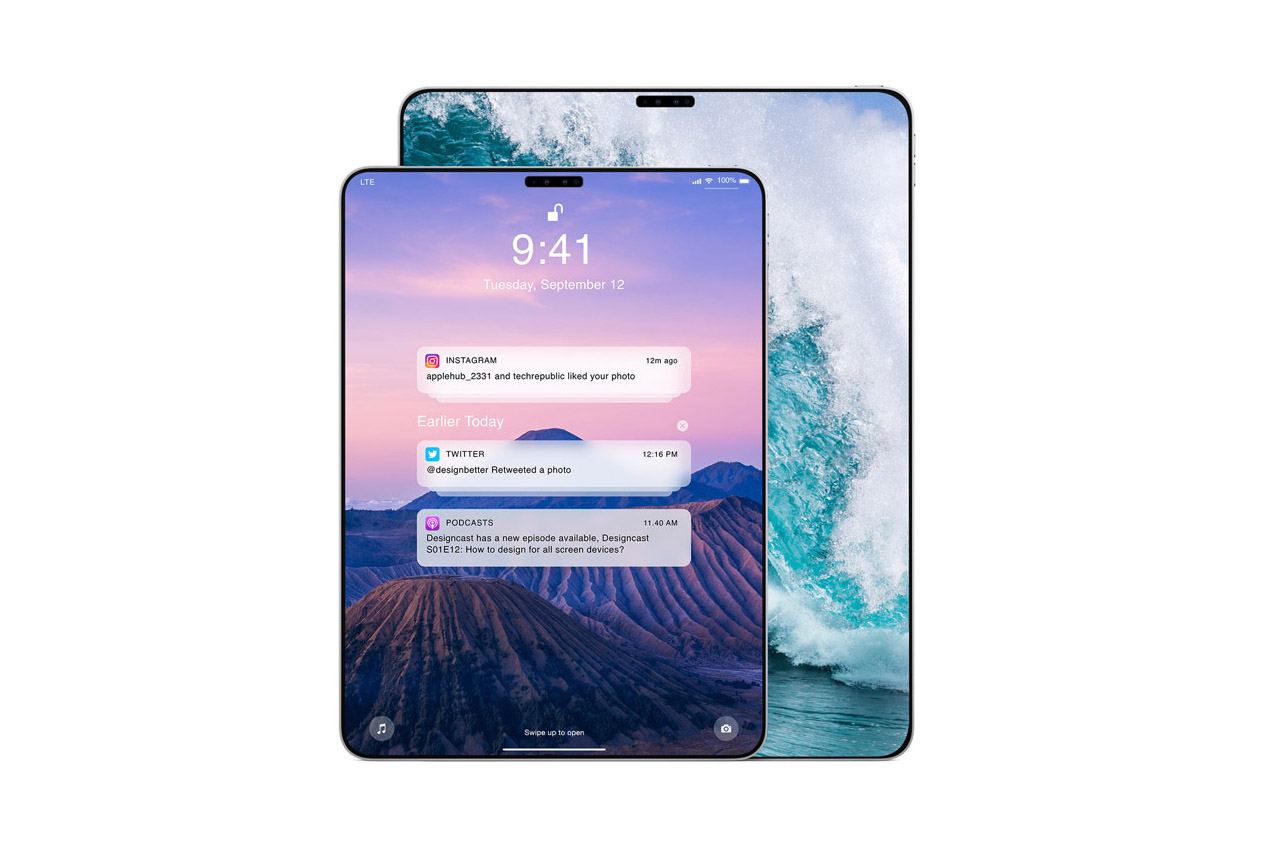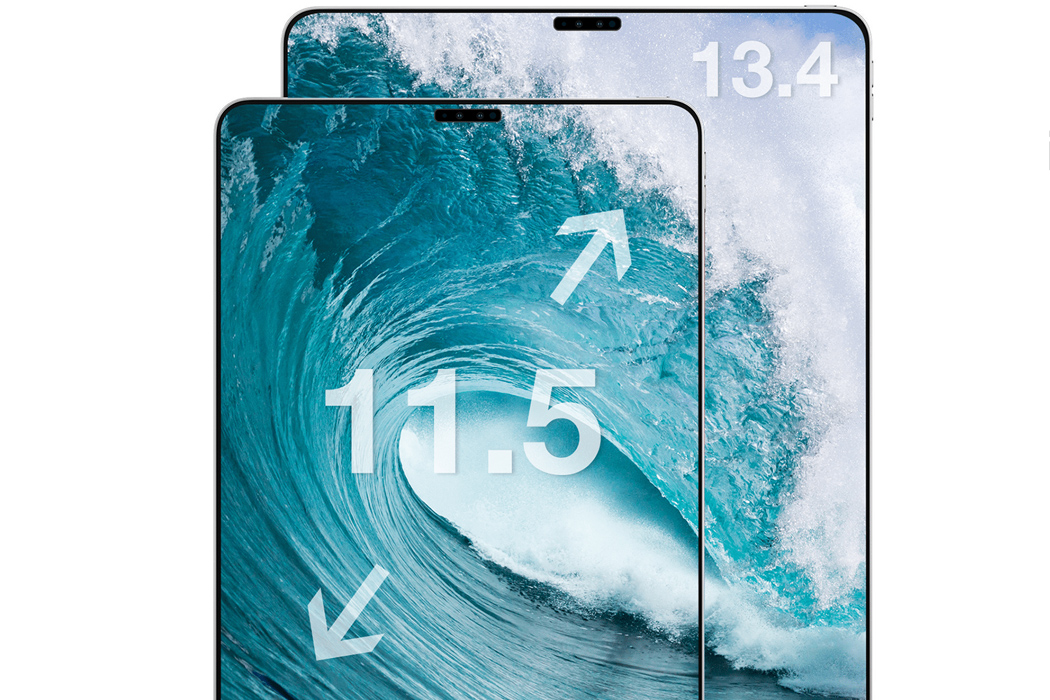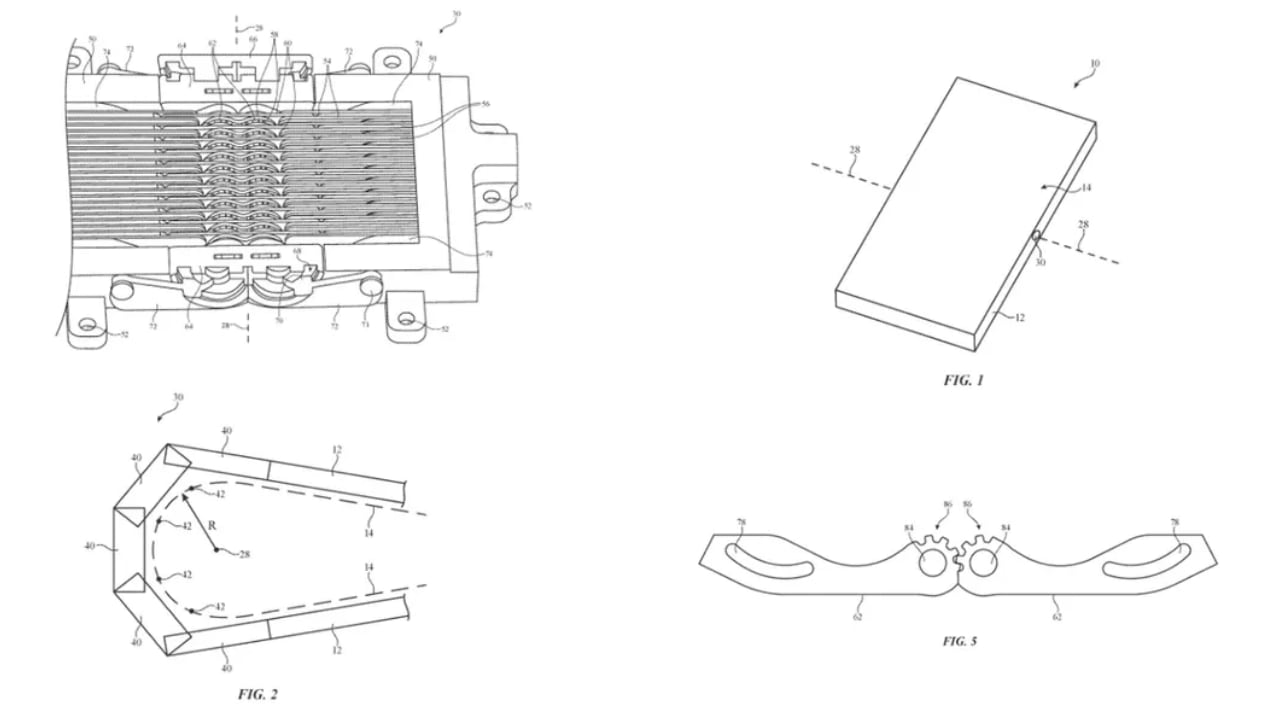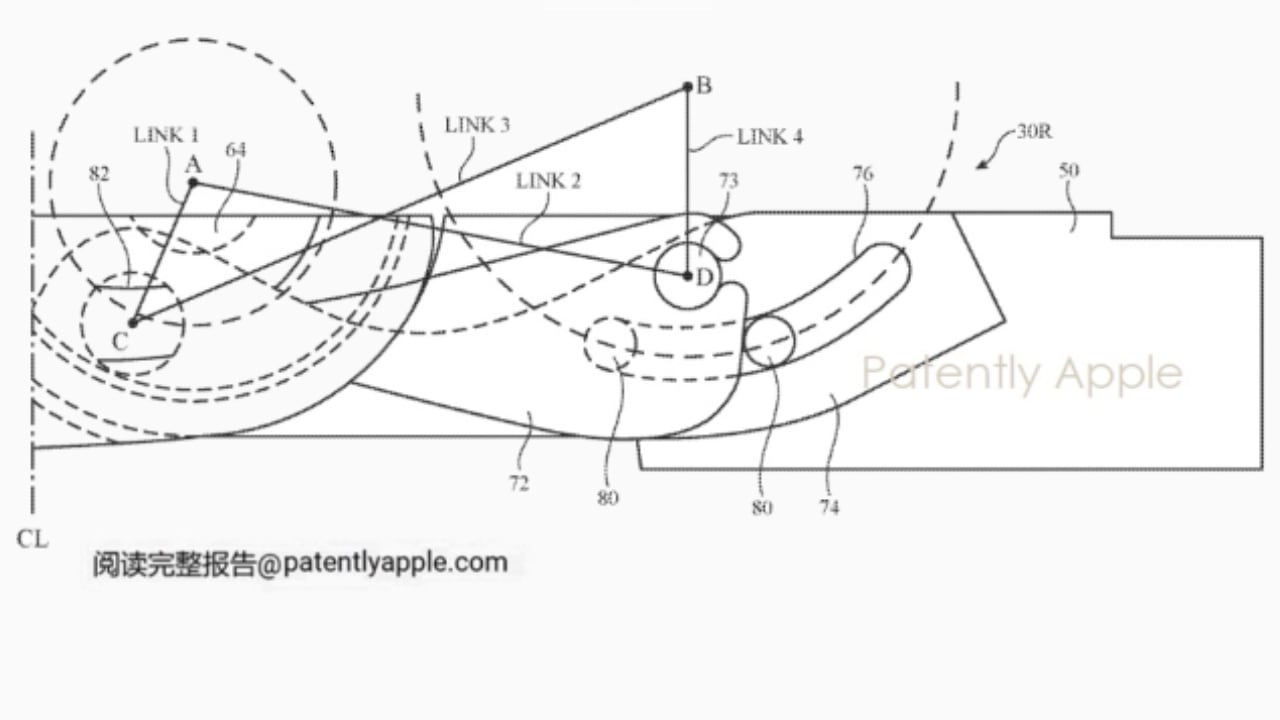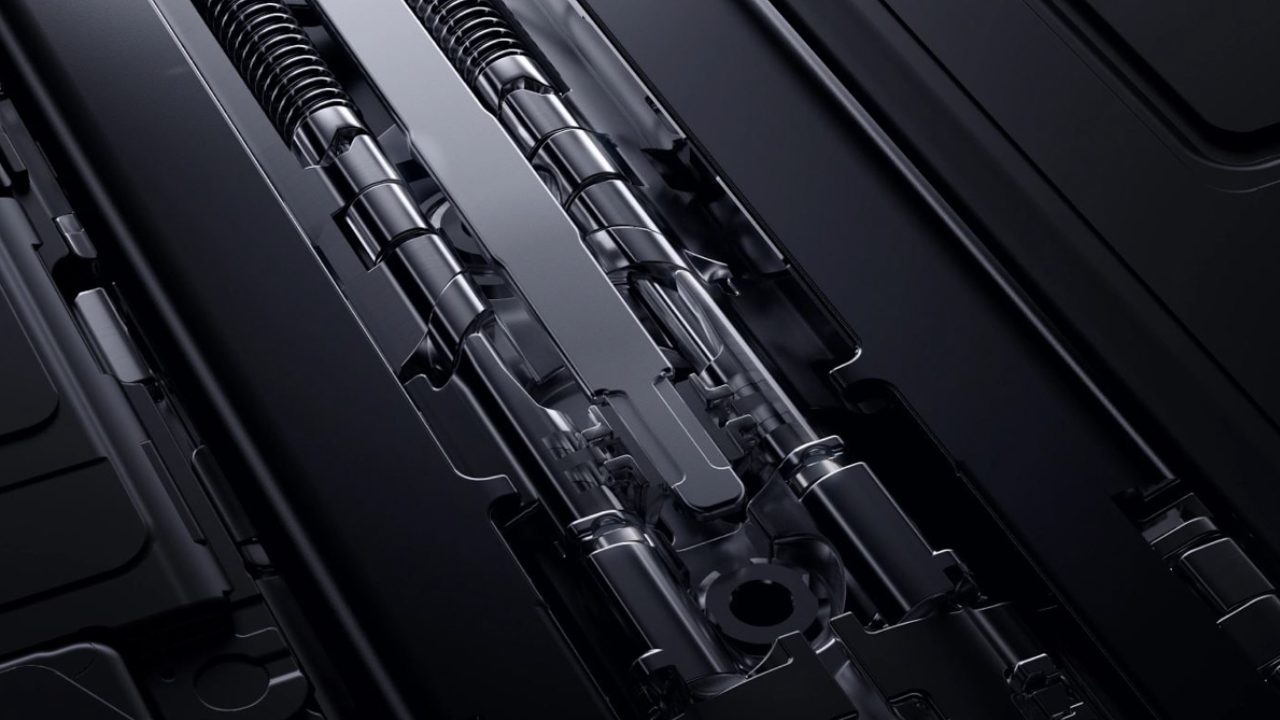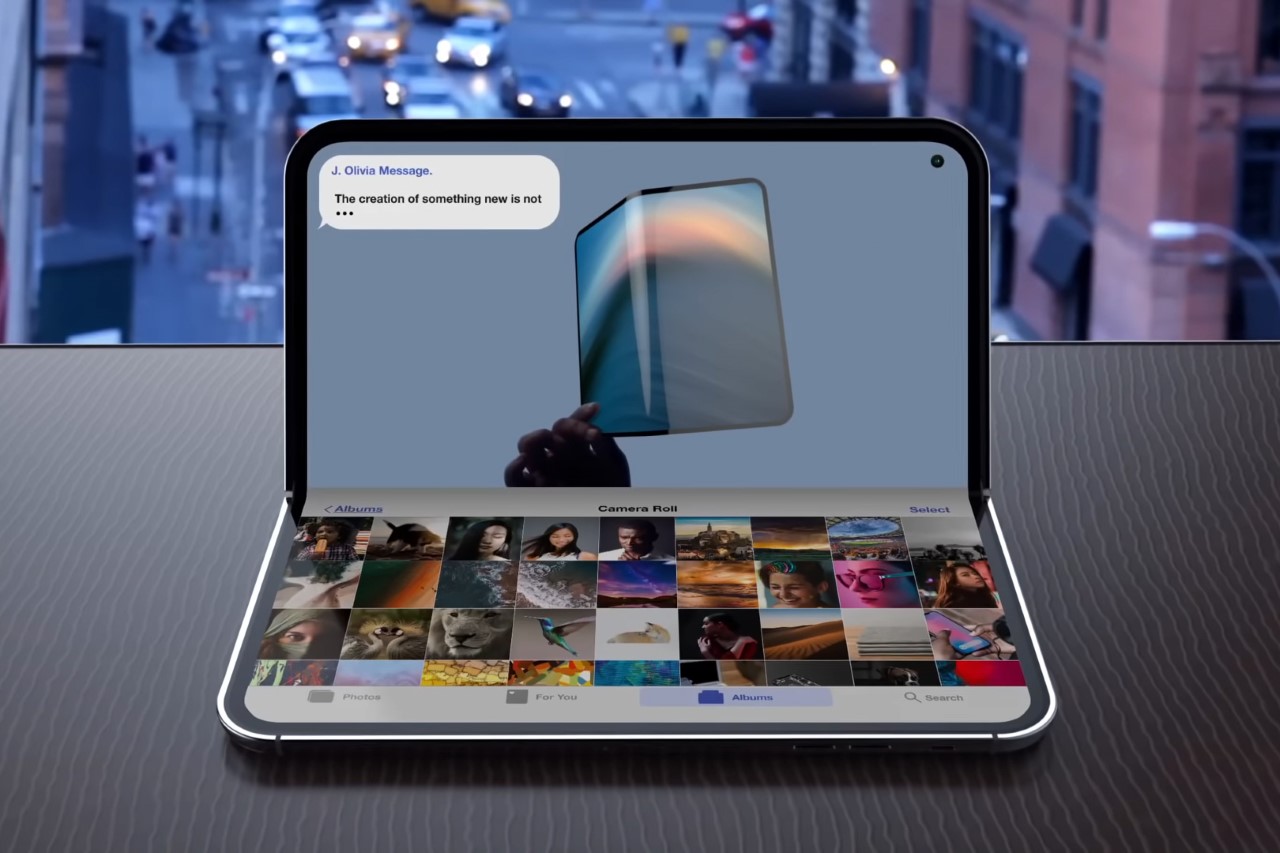Smartphones and mobile devices are getting more powerful and more stylish each year, and they have become even more critical parts of our lives today. That makes it even more important to take care of these gadgets and protect them from accidents like drops and bumps. But while there’s a wide variety of protective cases available in the market, many of them are bulky, tacky, or downright unappealing, forcing people to choose between protection and style as if those two are innately contradictory.
Enter PITAKA, an accessory brand whose mission is to prove that beauty and durability can indeed mix. Its advanced weaving technology, creative use of materials, and talented craftsmanship come together to produce designs that are easy to use, reliable, and sophisticated. And with these Black Friday deals that give protective cases and stylish accessories a sweet discount, there has never been a better time to give your beloved gadgets the stylish protection they deserve.
Designer: PITAKA
Click Here to Buy Now: Upto 50% off! Hurry, Black Friday deals end soon! For Amazon click here.
Classic Protection for the iPhone 16 Series
Many smartphone cases offer protection by adding considerable bulk and weight to your device, making them uncomfortable to use over long periods of time. If you need no-fuss protection that doesn’t get in your way, there’s nothing simpler than PITAKA’s Classic Ultra-Slim Case design. Measuring only 0.84 mm-0.89 mm in thickness and weighing around 17.78g-21g, these cases for the iPhone 16 Series offer not only the strength to protect your phone but also the sophistication you desire for these premium devices.
Utilizing high-grade aramid fiber blended with shockproof TPU, these ultra-slim cases protect your phone both inside and out. The smooth woven texture and metal button covers also add a touch of class to the experience. With PITAKA’s Amber Magnet Film technology, you also don’t have to worry about using MagSafe chargers and accessories while keeping the case on for 24/7 protection. Available in a 600D Black/Grey design, these slim yet strong cases bring peace of mind to every iPhone 16 Series owner.
Click Here to Buy Now: Upto 50% off! Hurry, Black Friday deals end soon! For Amazon click here.
Nature-inspired Minimalist Beauty for the iPhone 16 Series
Minimalist design doesn’t need to be plain or boring, as these Ultra-Slim cases prove. Crafted from woven aramid fiber and a special 3D coating, these cases elevate your phone from a tech gadget to a fashion accessory. With Forest Green and Ocean Blue colors, you also add a touch of nature to your device while looking chic and stylish. Your fingers will also thank you for the smooth texture that makes the phone a joy to hold.
Of course, these cases don’t skimp on the protection just because they look pretty. In addition to high-grade durable materials, the cases also feature a raised lip around the cameras to protect the lenses from bumps and scratches. All these while maintaining an ultra-slim profile and lightweight body that won’t burden your hand. You don’t even have to bother taking the case off just to connect with MagSafe accessories thanks to PITAKA’s Amber Magnet Film tech, protecting your iPhone 16 all the time.
Click Here to Buy Now: Upto 50% off! Hurry, Black Friday deals end soon! For Amazon click here.
Tactile Pleasure and Heavenly Wonders for the iPhone 16 Series
Considering we need to hold our phones in our hands to use them, these devices need to feel good just as much as they look good. The same is true for protective cases that wrap around the phones and rest in our hands. PITAKA’s products already combine craftsmanship and innovation, but its series of Tactile Woven cases take that to a whole new level of joyful aesthetic and tactile experience.
Leveraging a Fusion Weaving technique, these cases smash the boundaries of aramid fiber weaving to infuse a wider range of colors, turning the case into an art canvas. The Sunset & Moonrise Series as well as the Starpeak Series capture moments of time and breath-taking scenery, translating them into designs that inspire the mind and make us pause for thought. The woven texture also brings a unique experience to our fingertips, transforming the case into a true work of art.
Click Here to Buy Now: Upto 50% off! Hurry, Black Friday deals end soon! For Amazon click here.
Military-Grade Protection for the iPhone 16 Pro
If you need a case that brings peace of mind that won’t weigh you down, PITAKA’s Classic Military-Grade case is exactly what you need. Utilizing high-grade durable materials and passing certifications such as MIL-STD-810G, these cases offer all-around protection against scratches, impacts, and shocks. Raised camera and screen lips also keep away surfaces that could otherwise scratch these important components.
Best of all, you don’t need to make your phone look like a tank to enjoy these benefits. Thanks to aramid fiber weaving, the case maintains that strength while keeping its body slim and lightweight. The unique woven pattern and smooth texture also give the case an elegance that you’d be hard-pressed to find in rugged protective accessories.
Click Here to Buy Now: Upto 50% off! Hurry, Black Friday deals end soon! For Amazon click here.
Otherworldly Allure for the iPhone 16 Pro
While some of PITAKA’s cases look to the Earth and the heavens for artistic inspiration, the brand also looks beyond for designs that are out of this world. Partnering with Aries and NoProblemo, these luminous cases for the iPhone 16 Pro add an eerie glow in the dark that makes the phone look hip, modern, and captivating. What’s even more interesting is that this aesthetic is achieved not with paint but with ground-breaking Lumintex fibers that are woven with aramid fibers to provide both strength and style in a single case.
fibers that are woven with aramid fibers to provide both strength and style in a single case.
Of course, these alien-like luminous cases don’t skimp on the protection either, while still keeping their ultra-slim and lightweight forms. PITAKA’s Amber Magnet Film technology also ensures compatibility with MagSafe chargers and accessories so that you won’t have to lose the case just to get additional functionality. The unique weaving technique also brings a bit of texture to the case, improving the phone’s grippiness and comfort.
Click Here to Buy Now: Upto 50% off! Hurry, Black Friday deals end soon! For Amazon click here.
Protection and Function Unite for the Samsung Galaxy S24 Ultra
The iPhone might be one of the best-selling smartphones in the market, but Samsung isn’t that far behind. Utilizing the same aramid weaving technology, this PinButton case for the Galaxy S24 Ultra provides exceptional strength, lightness, and protection that also look great to boot. Precisely designed and subtle lips protect camera lenses and the screen from scratches, offering protection even for those parts not covered by the case.
What makes this phone extra special are the three buttons on the left side that can be customized to launch any app of your choosing. No more fumbling with menus or the screen, simply click on the button to get instant access to your most important apps. It’s a fun little feature that truly elevates the experience and improves the usefulness of the phone at the same time.
Click Here to Buy Now: Upto 50% off! Hurry, Black Friday deals end soon! For Amazon click here.
Portable Productivity for the iPad Pro and iPad Air
The iPad Pro, and later the iPad Air, redefined not only the computer but also what tablets are capable of. They have become true general-purpose devices not just for entertainment or content consumption but also for creation and productivity. It’s only proper that these iPads enjoy the same level of protection that won’t make them look like miniature tanks.
That’s where the PITAKA MagEZ Folio 2 case comes in, providing peace of mind that follows you anywhere. The origami-inspired cover folds in four different ways to let you use the iPad Pro or iPad Air the way you need it. It also holds the Apple Pencil in place so you won’t have to worry about losing it in the chaos of your bag. Protection and style on the go never looked better than this!
Click Here to Buy Now: Upto 50% off! Hurry, Black Friday deals end soon! For Amazon click here.
Lightweight Protection with a Magnetic Personality for the iPad Pro
If you’re the type that uses the iPad Pro for typing a lot, then you might prefer the MagEZ Case 2 for the iPad Pro. It’s so slim and lightweight that you might not even notice that it’s there, always protecting your tablet against the accidents of a digital nomad. Best of all, it easily attaches to the Apple Magic Keyboard so you won’t have to choose one or the other when you need to get work done.
Using the same aramid fiber weaving technique that gives PITAKA’s cases their claim to fame, the MagEZ Case 2 provides protection that’s visually appealing and pleasing to the touch. Every aspect of the ultra-slim and lightweight case was designed with meticulous attention to detail, from the wireless charging slot for the Apple Pencil to the subtly raised camera lip that protects the lenses from scratches.
Click Here to Buy Now: Upto 50% off! Hurry, Black Friday deals end soon! For Amazon click here.
PITAKA Black Friday Deals: Stylish Protection for All
With the holidays fast approaching, there has never been a better time to grab one or more of PITAKA’s well-designed accessories to protect your gadgets and upgrade your mobile experience. The brand’s Black Friday deals offer the perfect opportunity to buy one for yourself or gift this stylish protection to family and friends. Here are some of the other offers you can take advantage of this season:
- iPhone 16 Phone Cases + Grip 3 or phone Strap Bundle
- iPhone 16 Phone Cases + Grip 2 Bundle
- 30% discount for the Overture & Rhapsody phone case
- Up to 50% off other accessories can be found on ipitaka.com and Amazon
Your peace of mind doesn’t have to come at the expense of your user experience or your wallet. All it takes is creativity, careful design, and the boldness to break through the limits imposed by convention. With PITAKA’s use of advanced weaving technologies and commitment to craftsmanship, you can get protection for your smartphone or iPad that not only looks good but also feels great in your hand.
Click Here to Buy Now: Upto 50% off! Hurry, Black Friday deals end soon! For Amazon click here.
The post PITAKA Black Friday Deals: Sleek Protection for iPhone 16 and mobile devices first appeared on Yanko Design.












